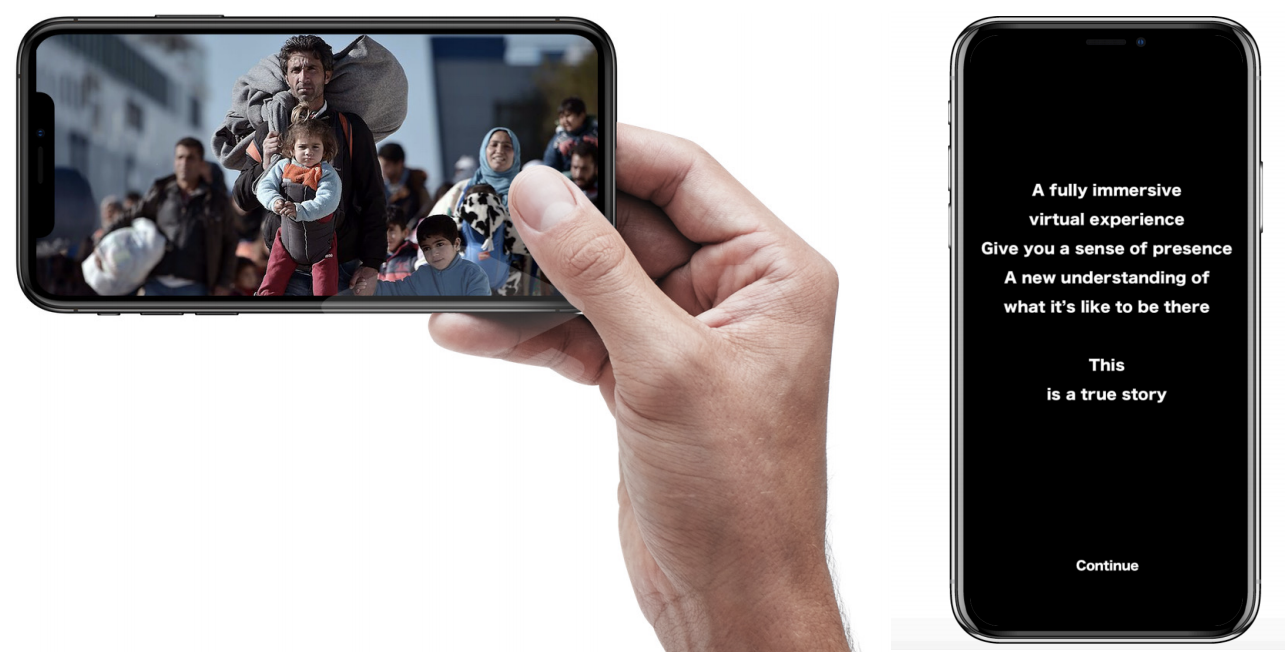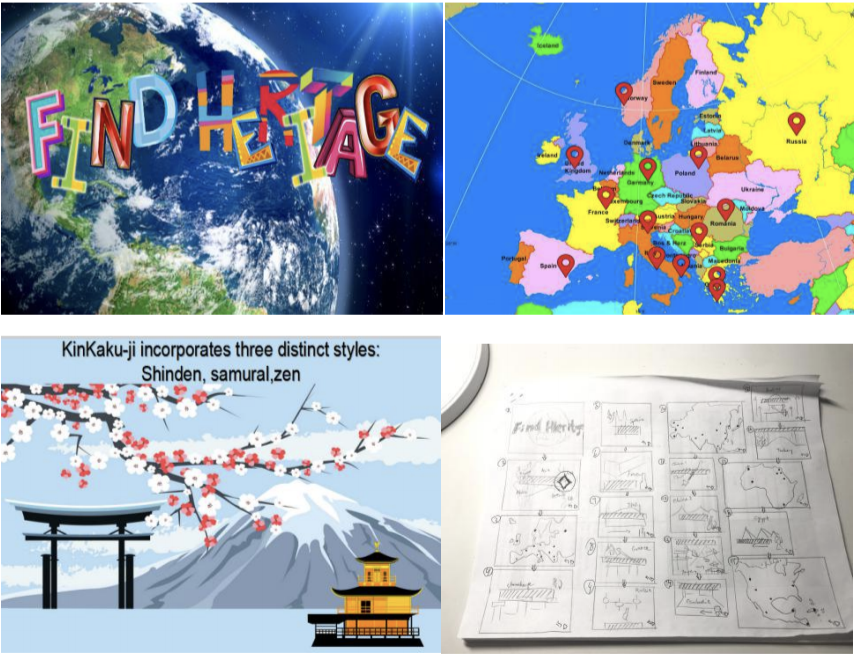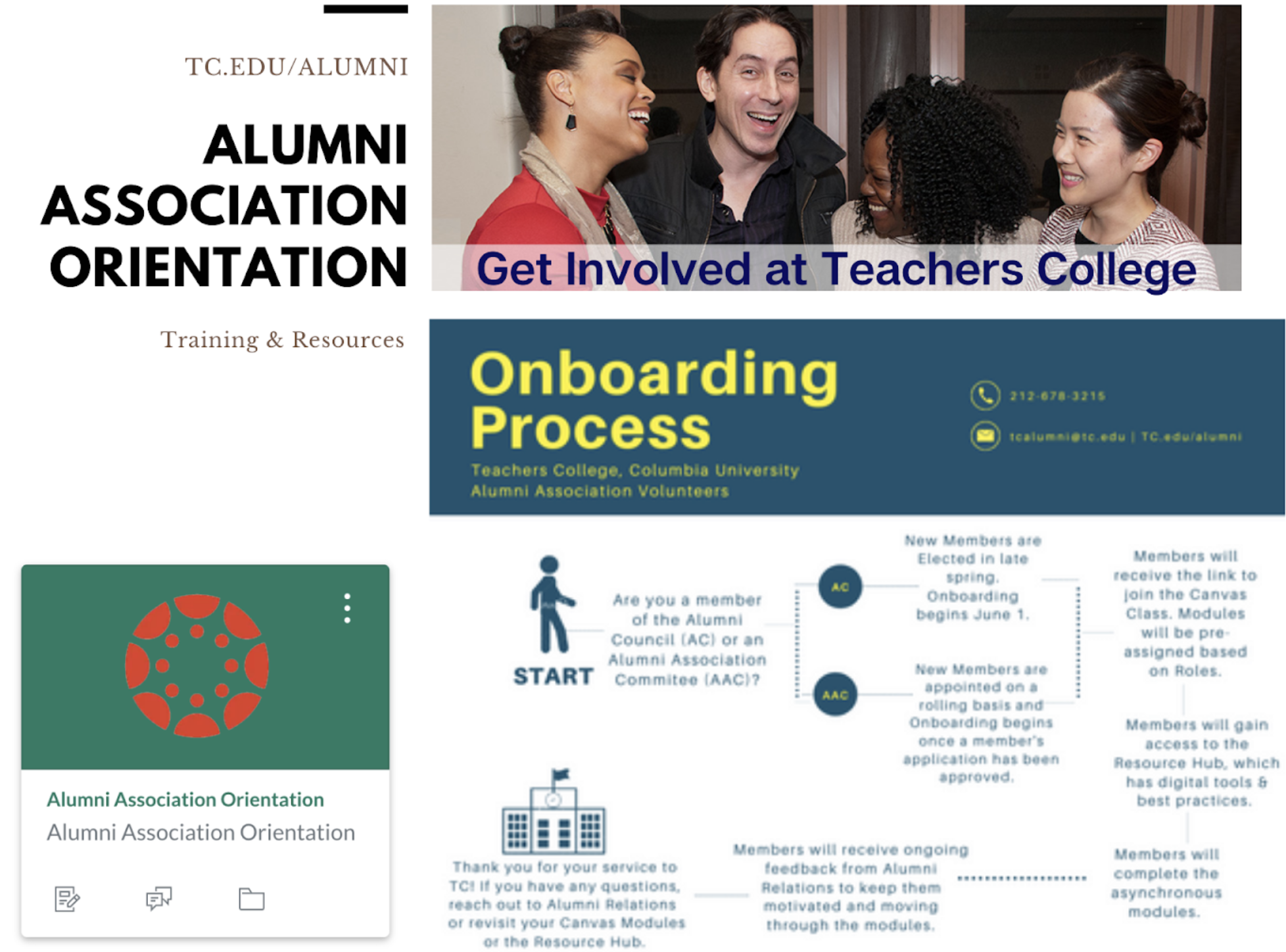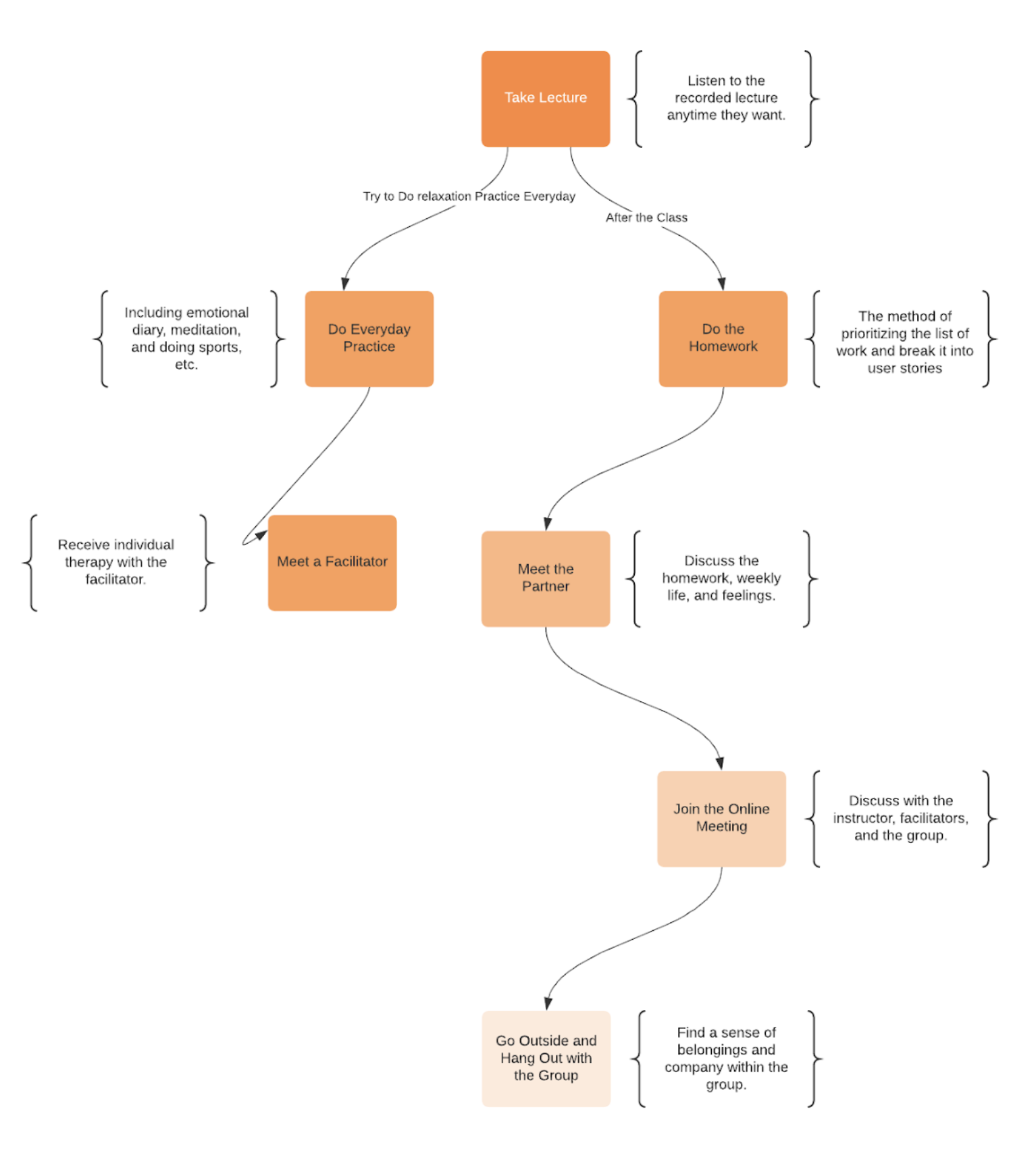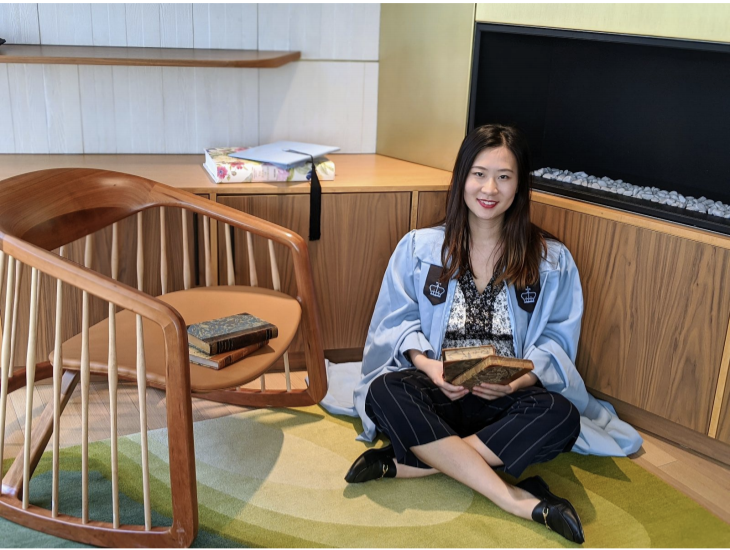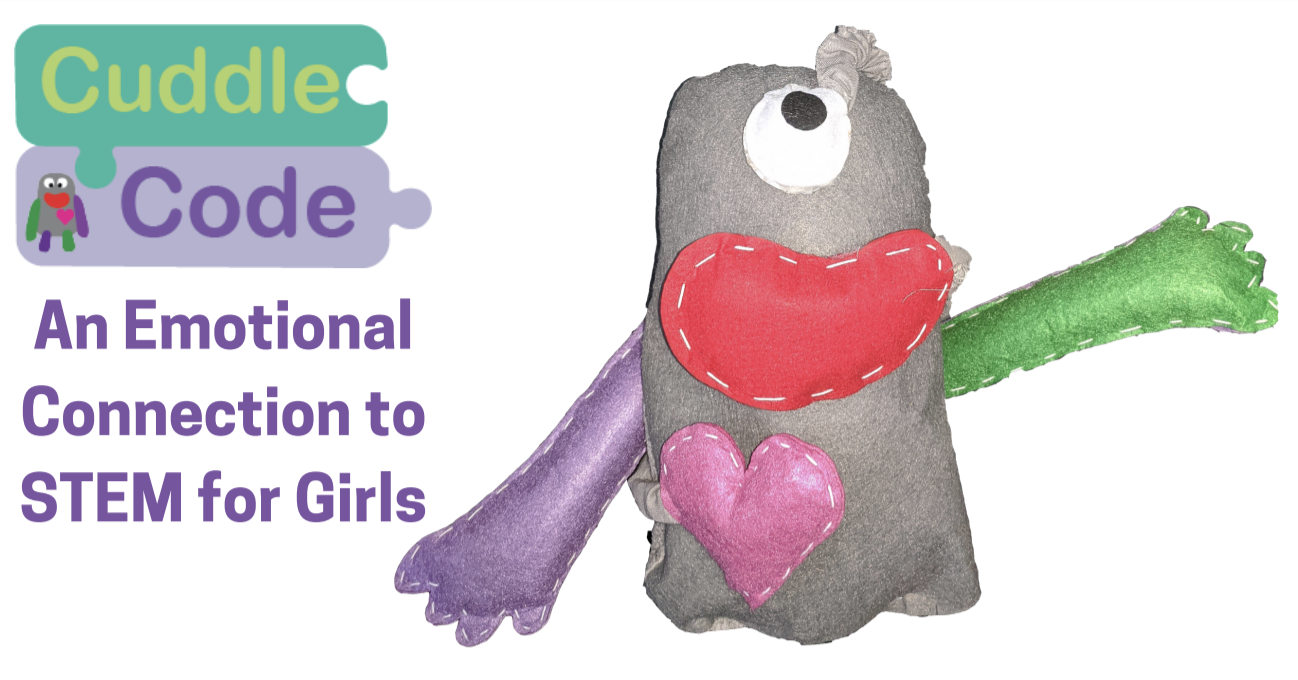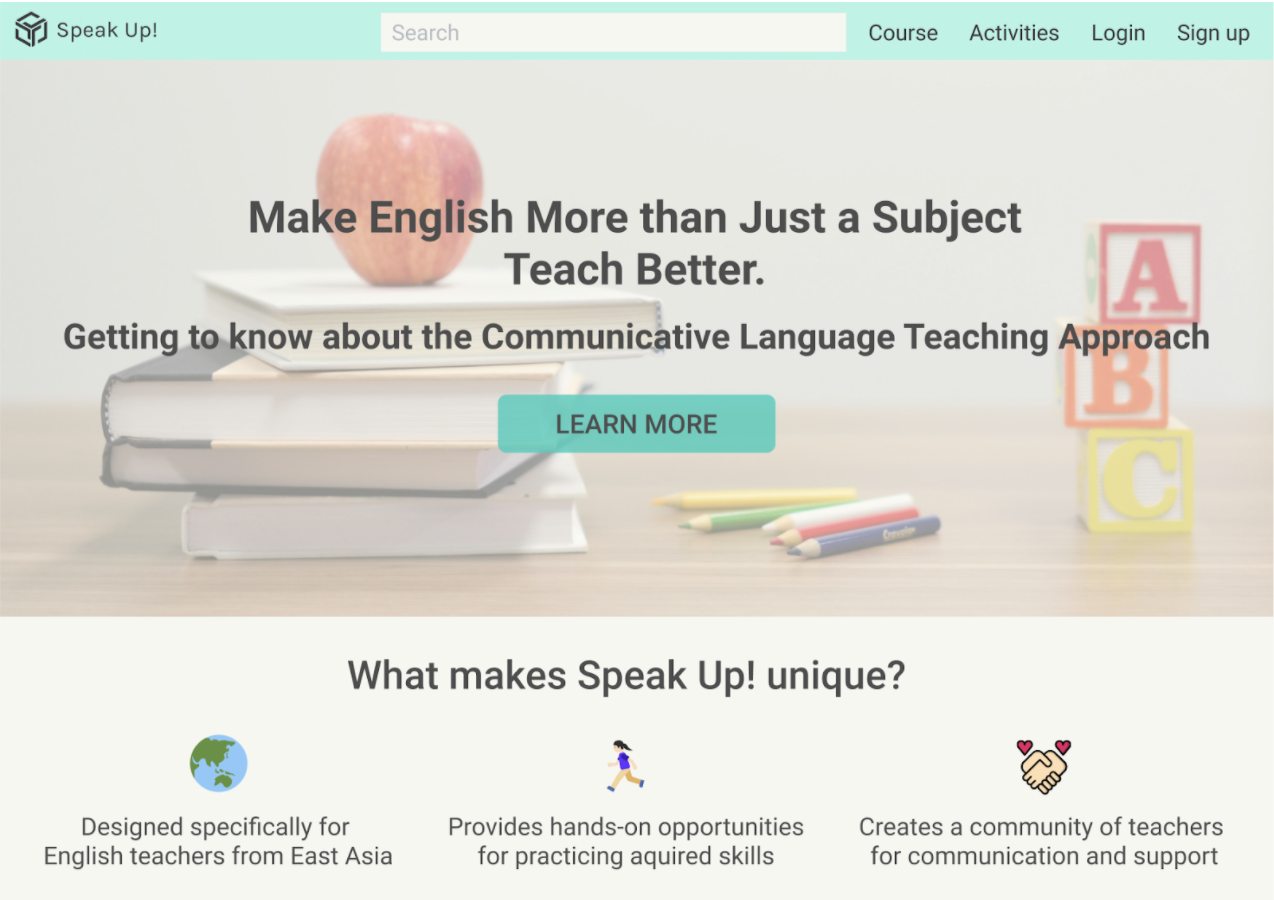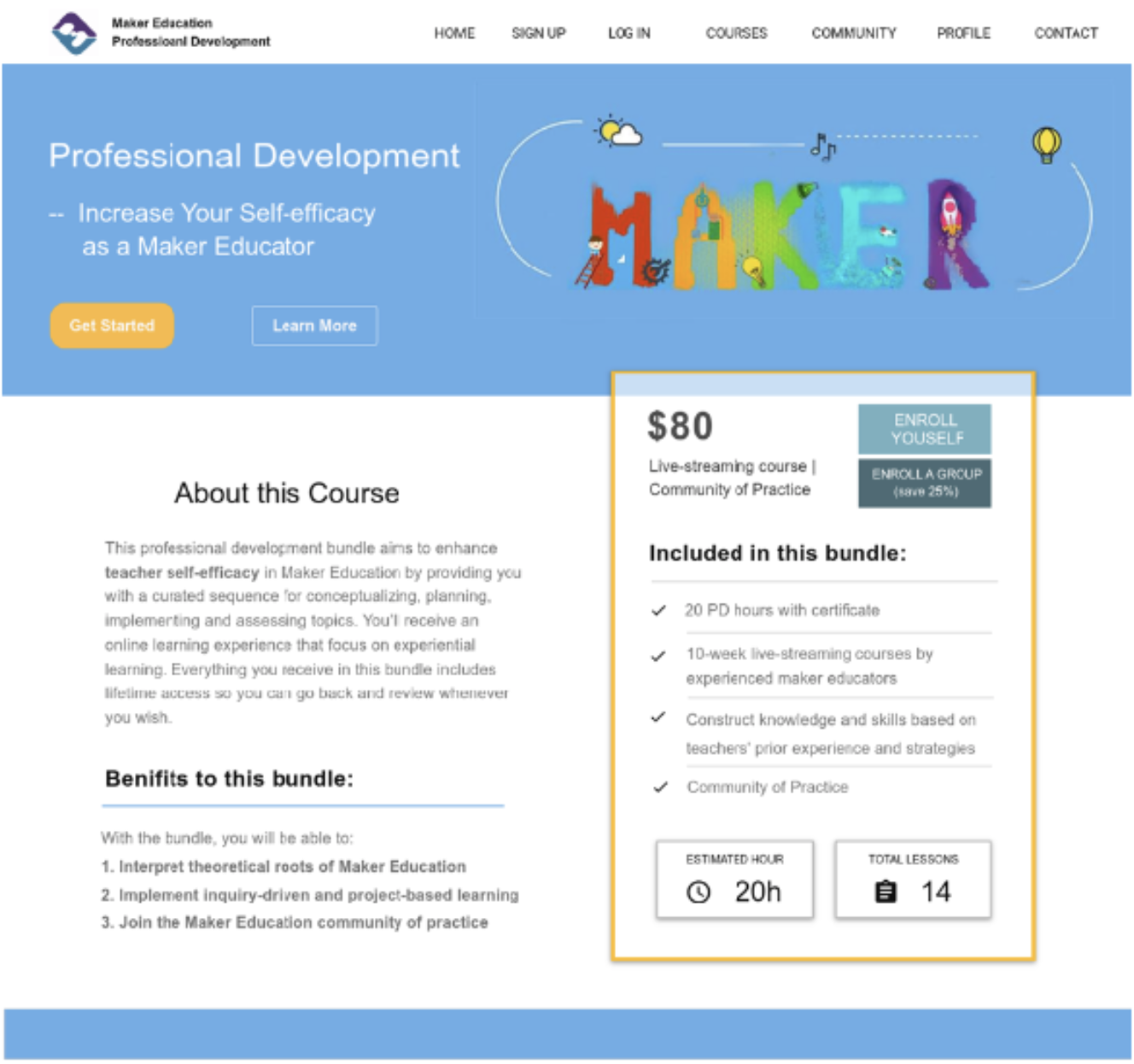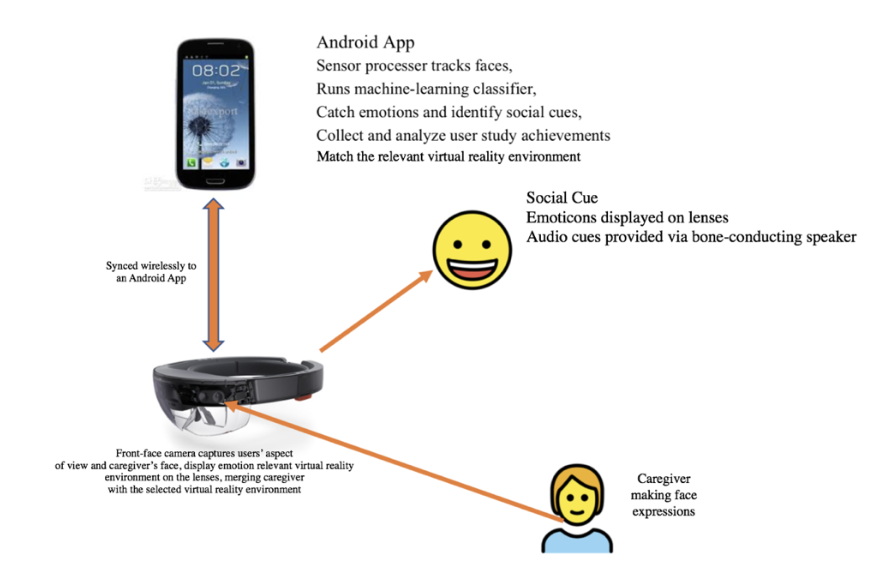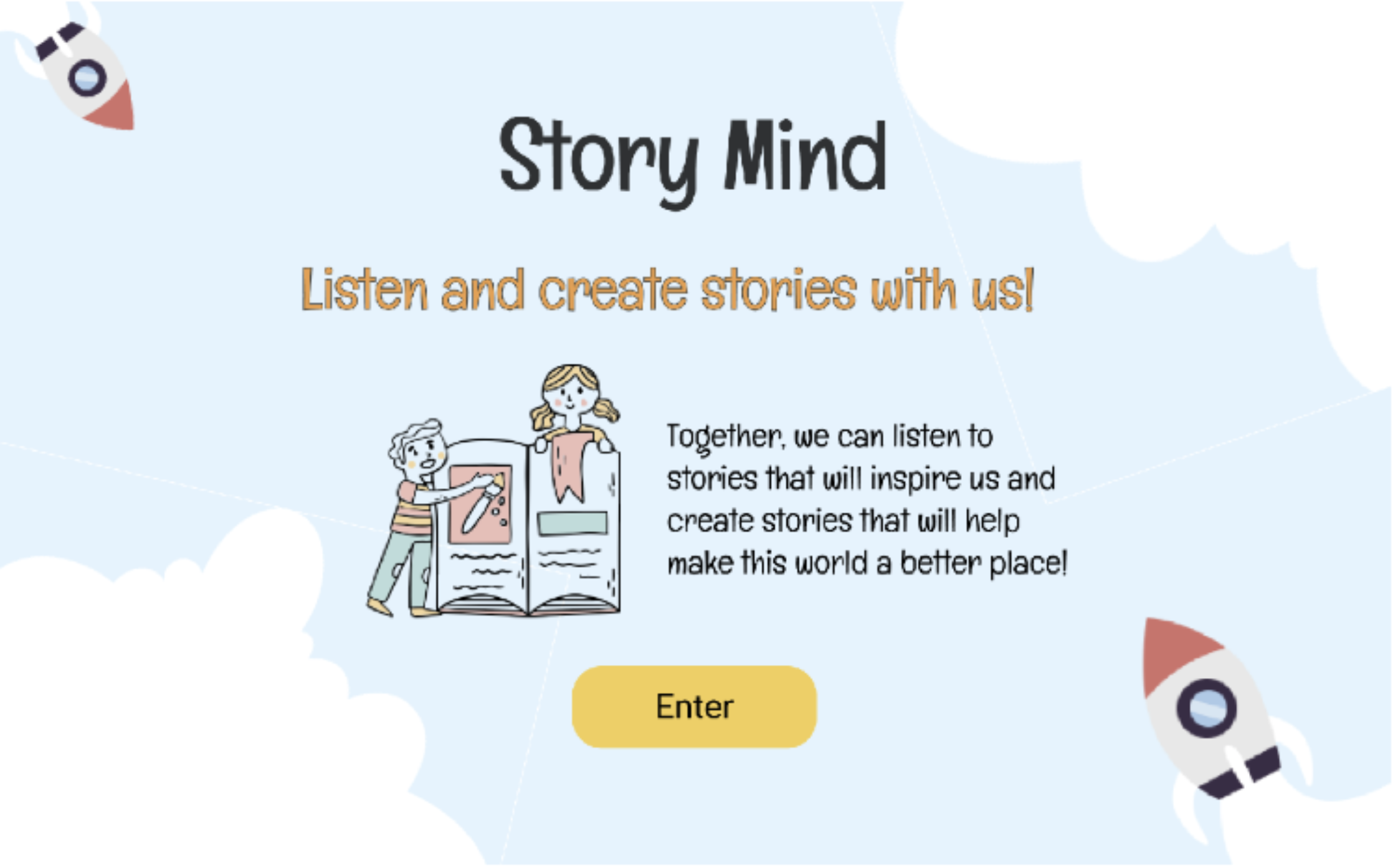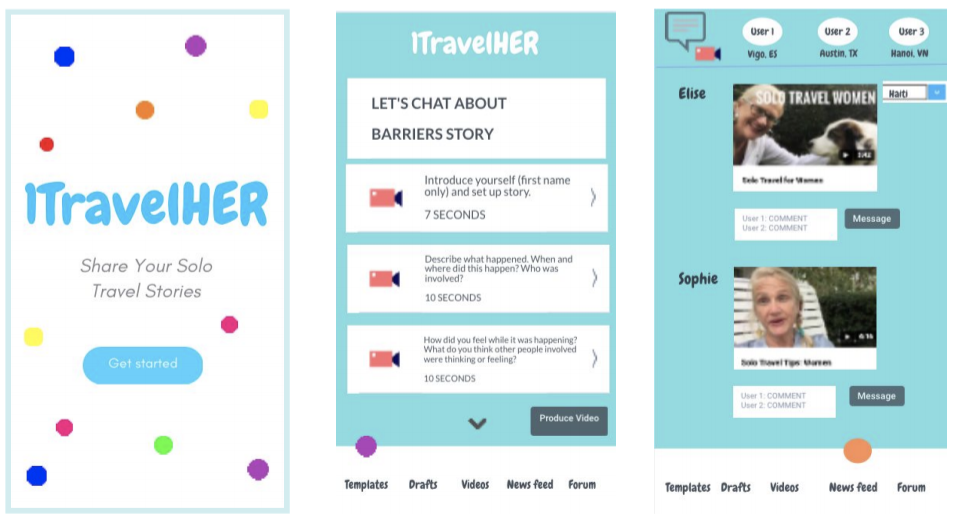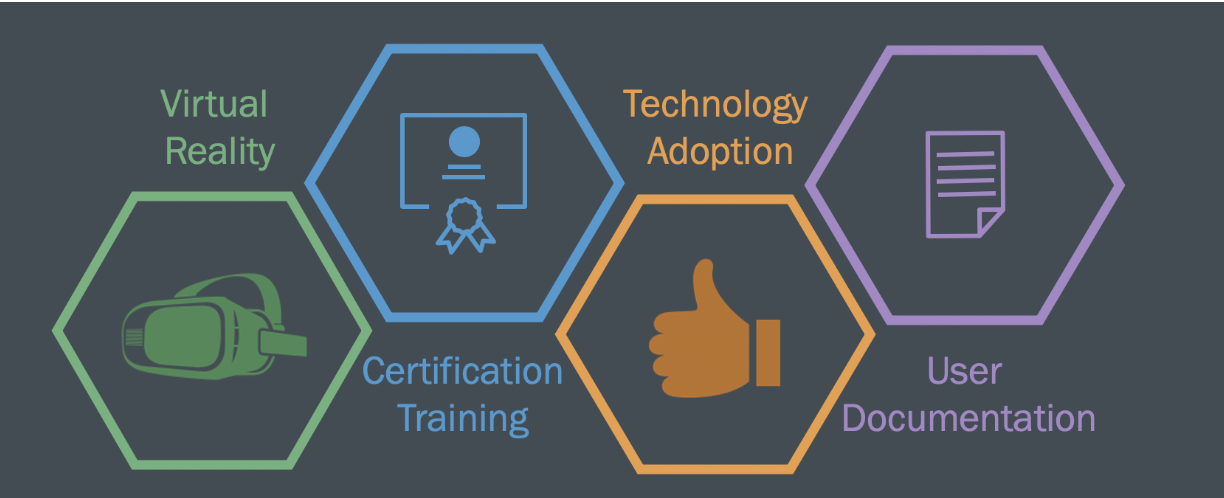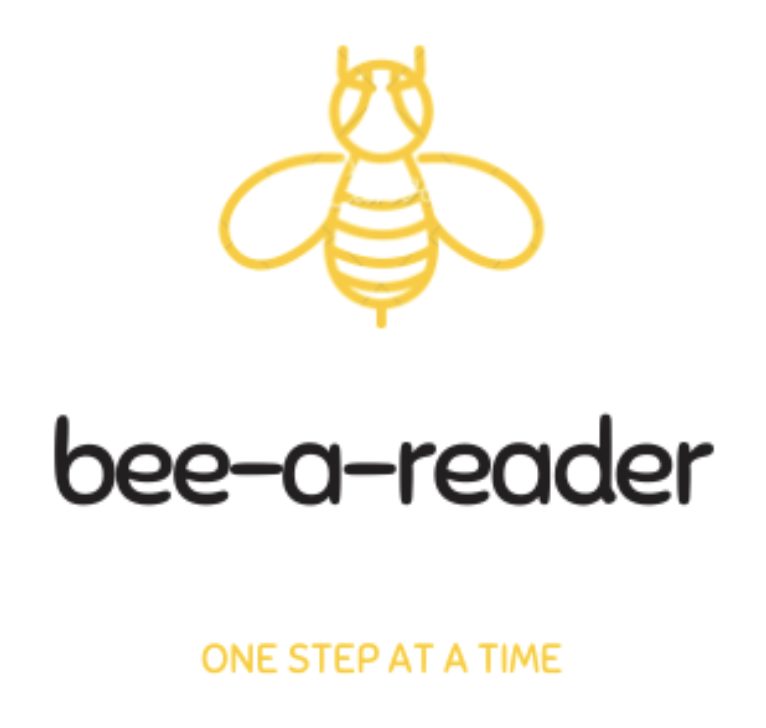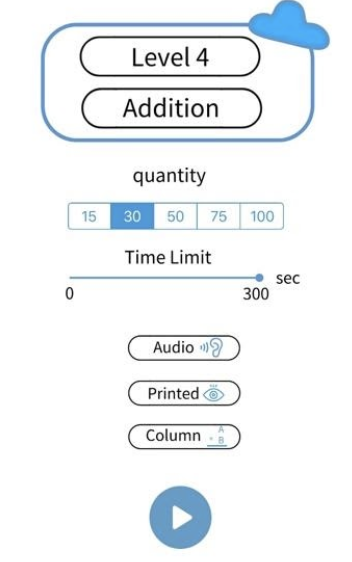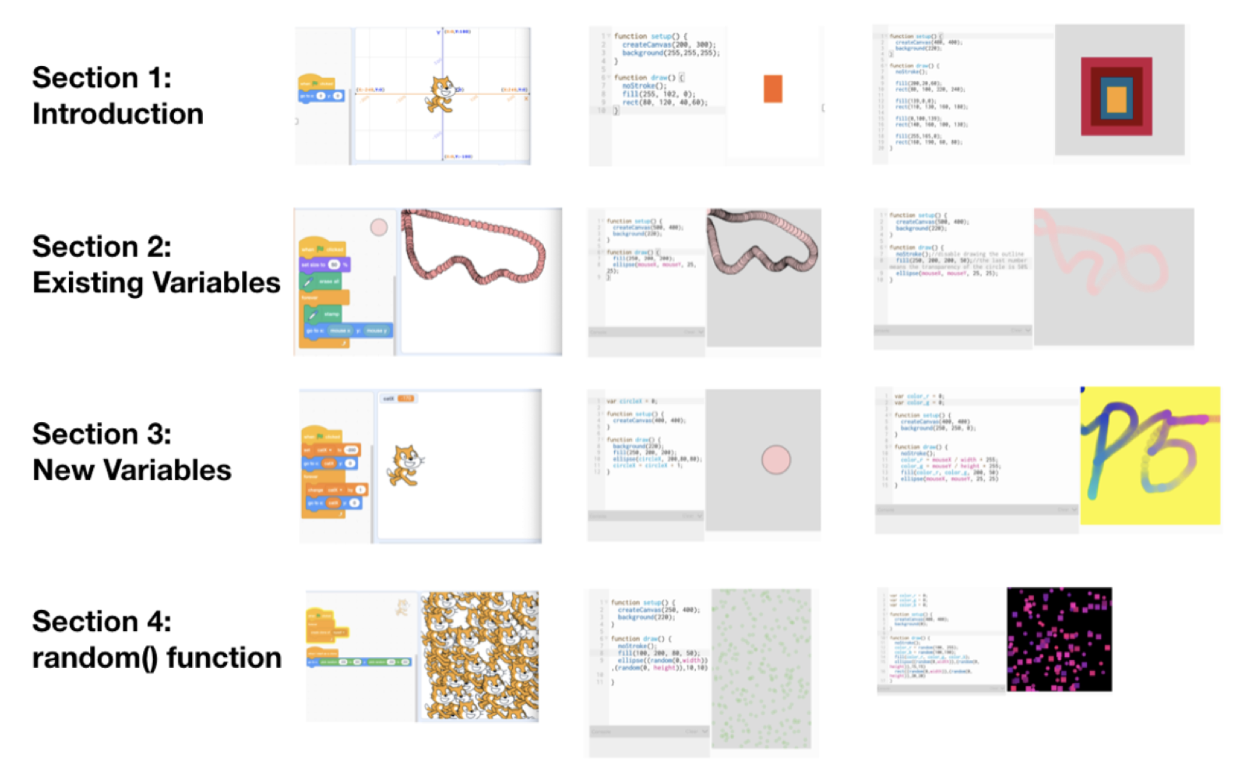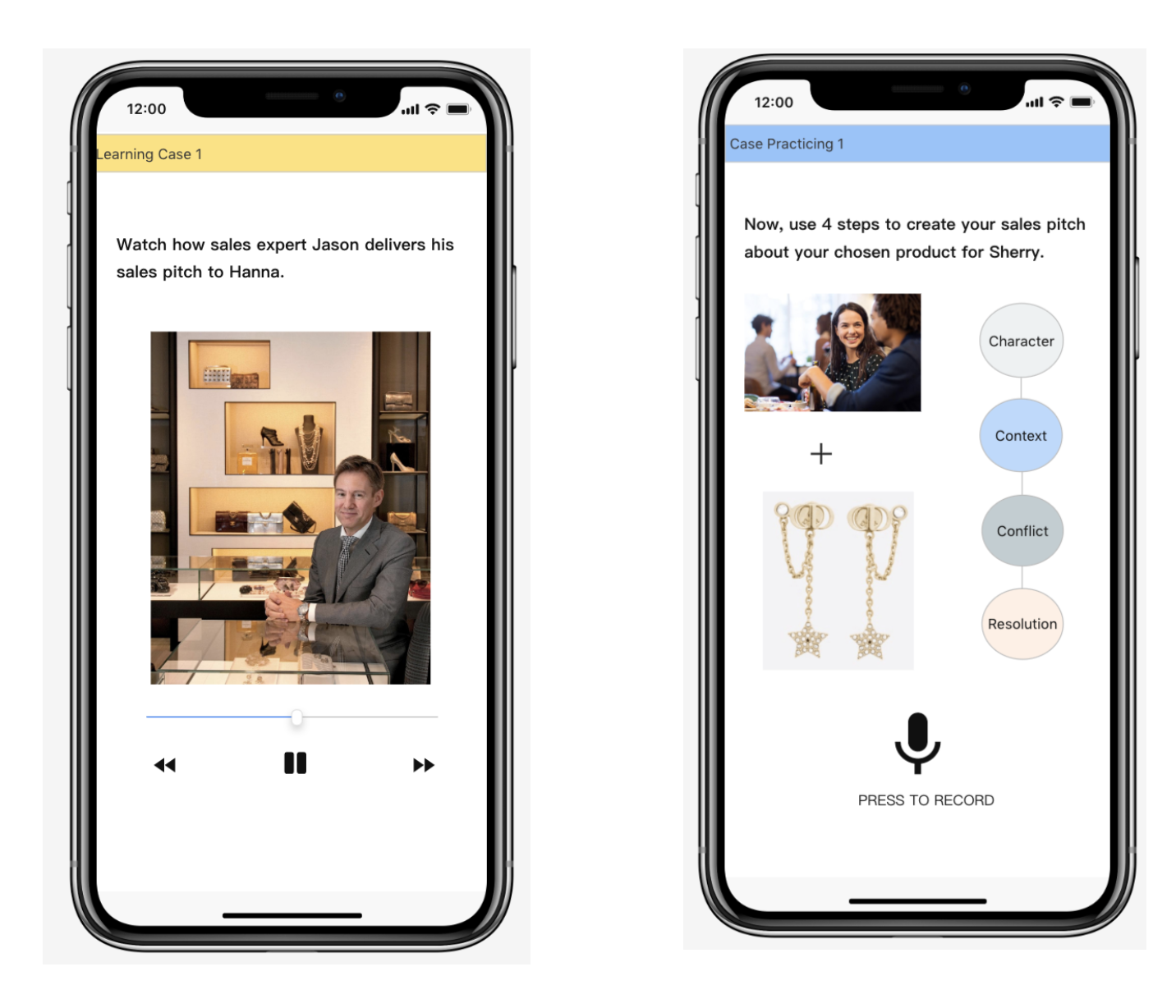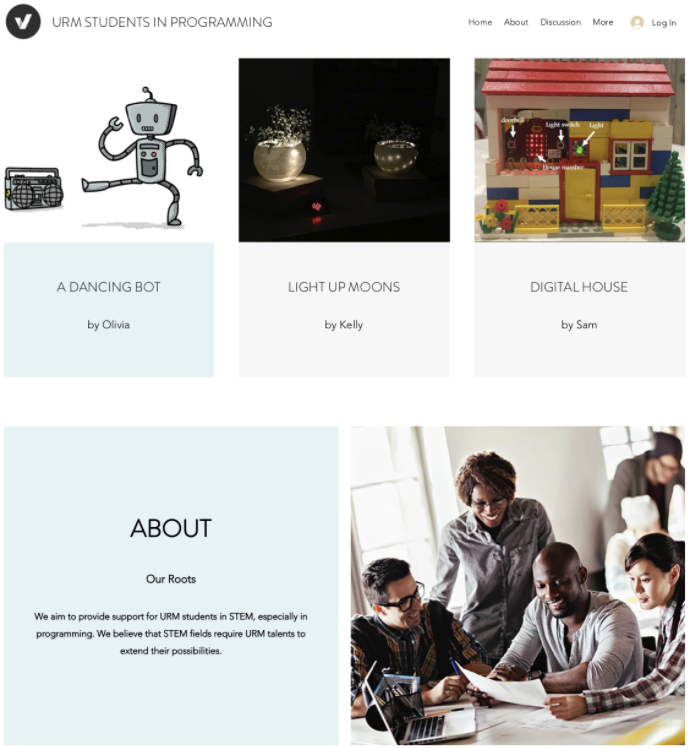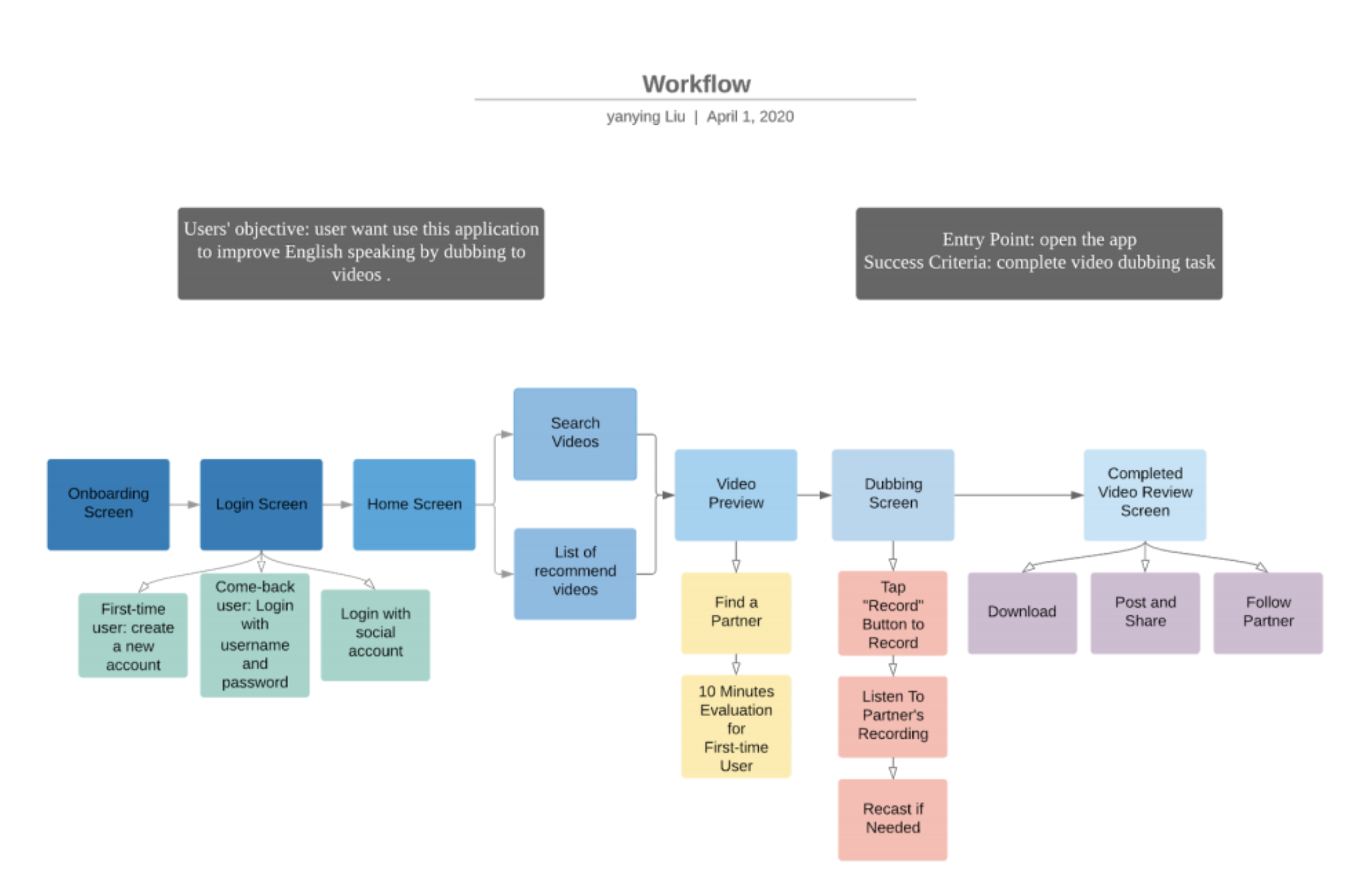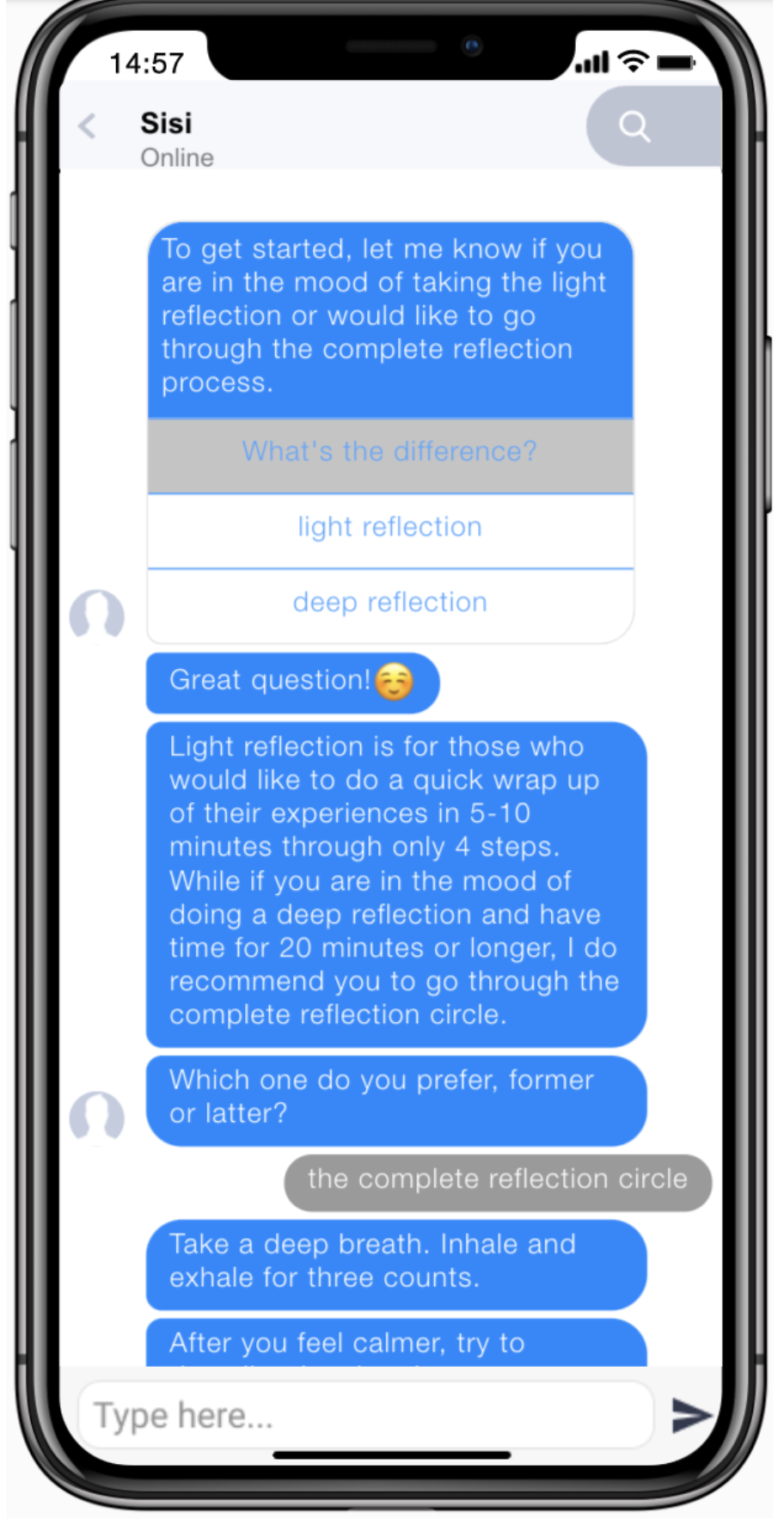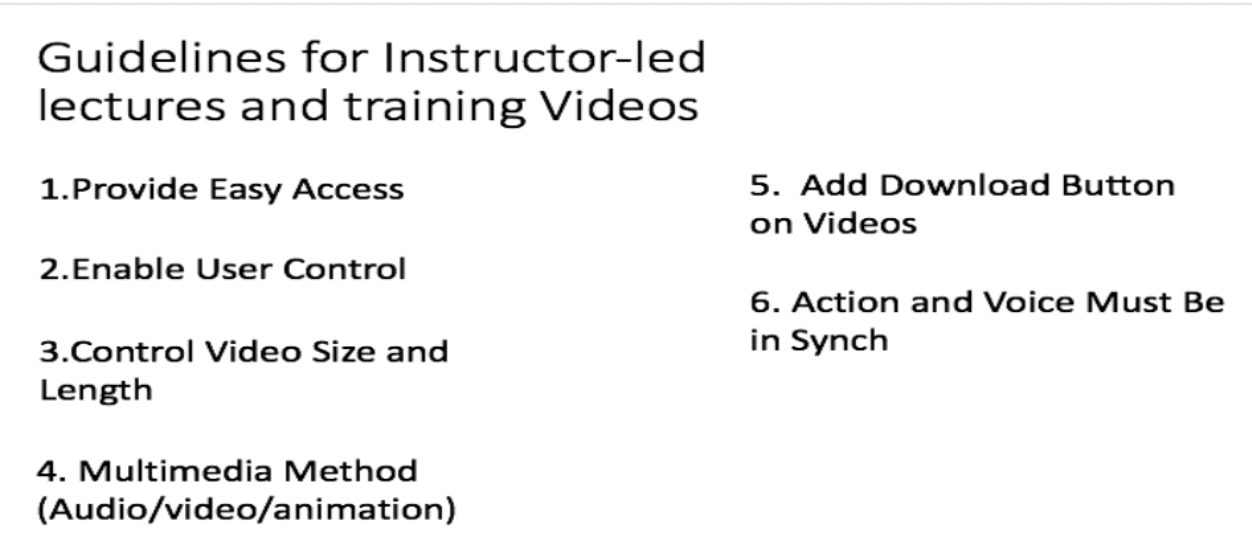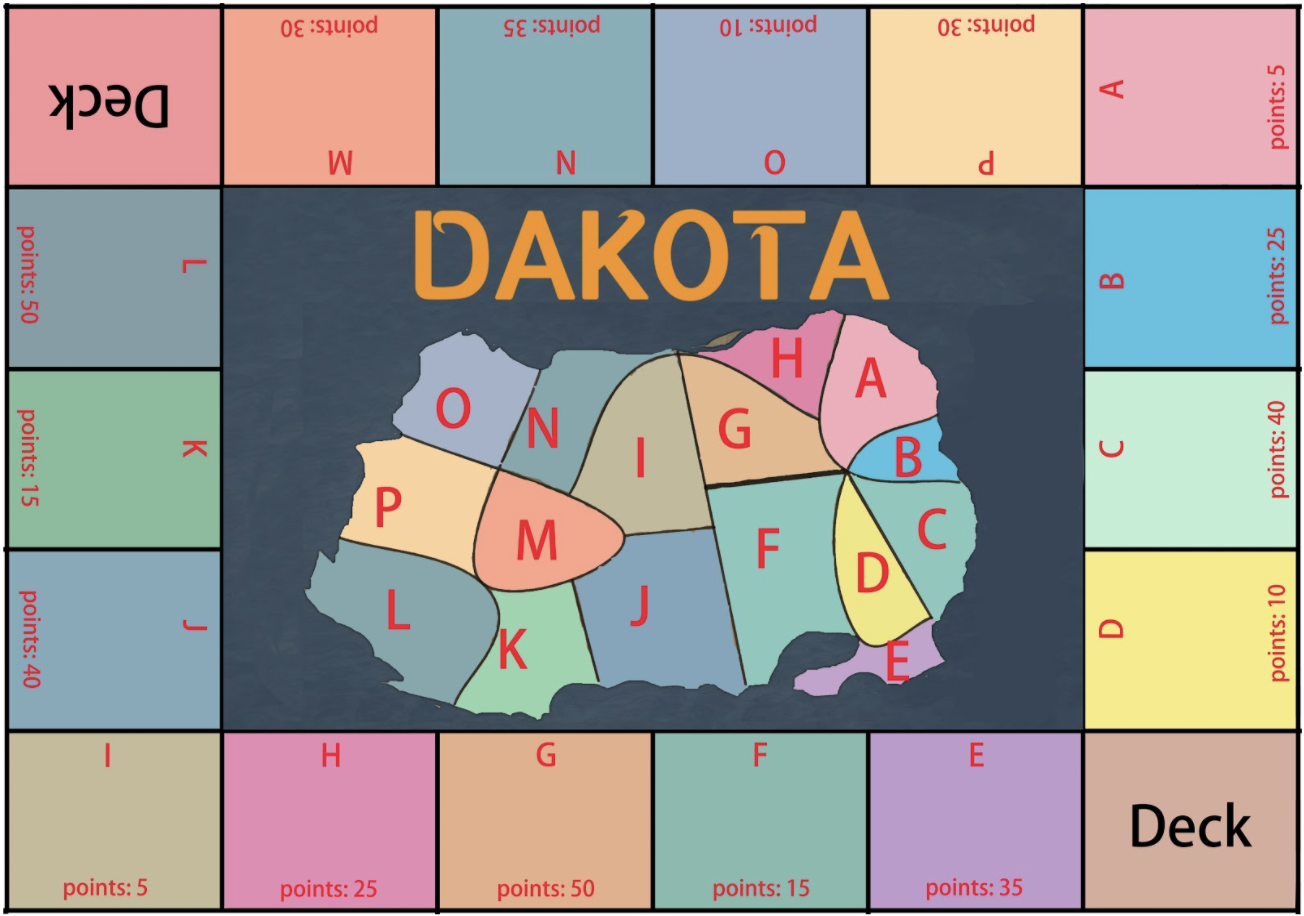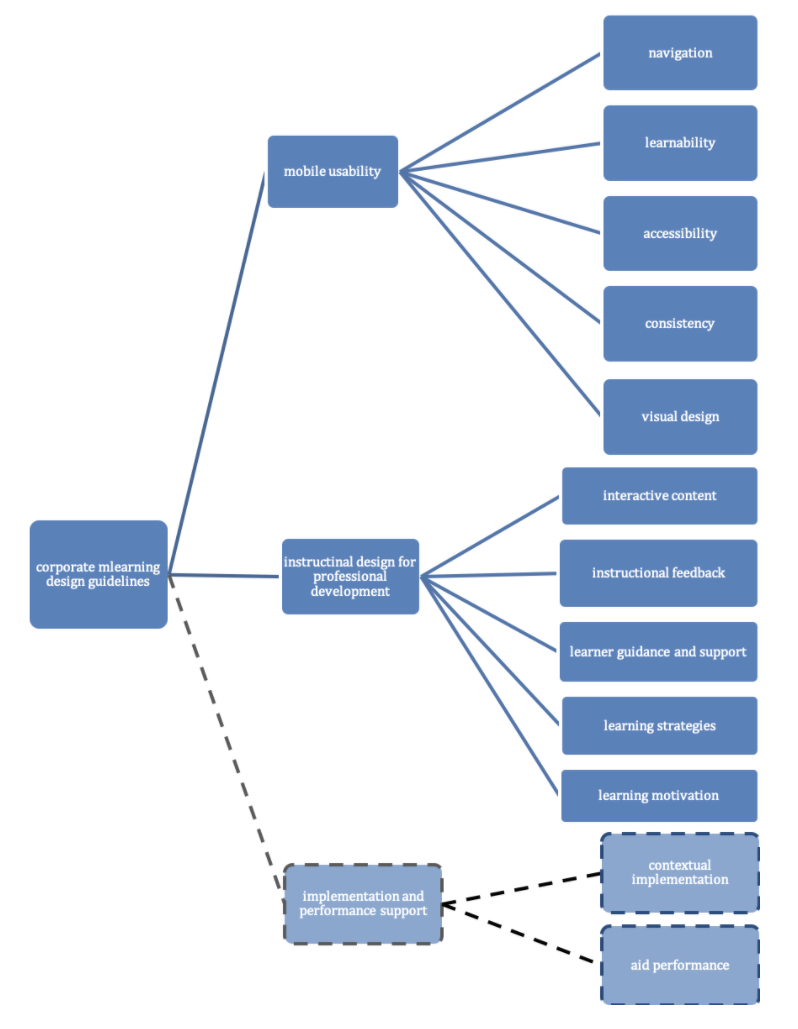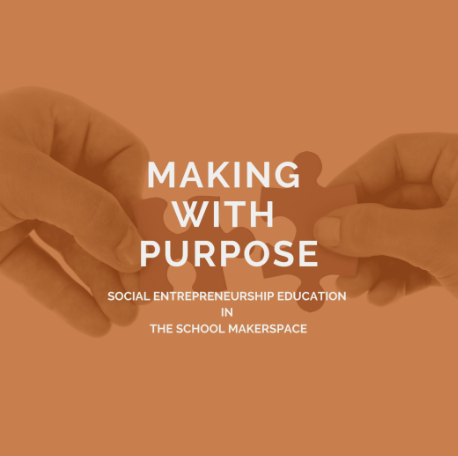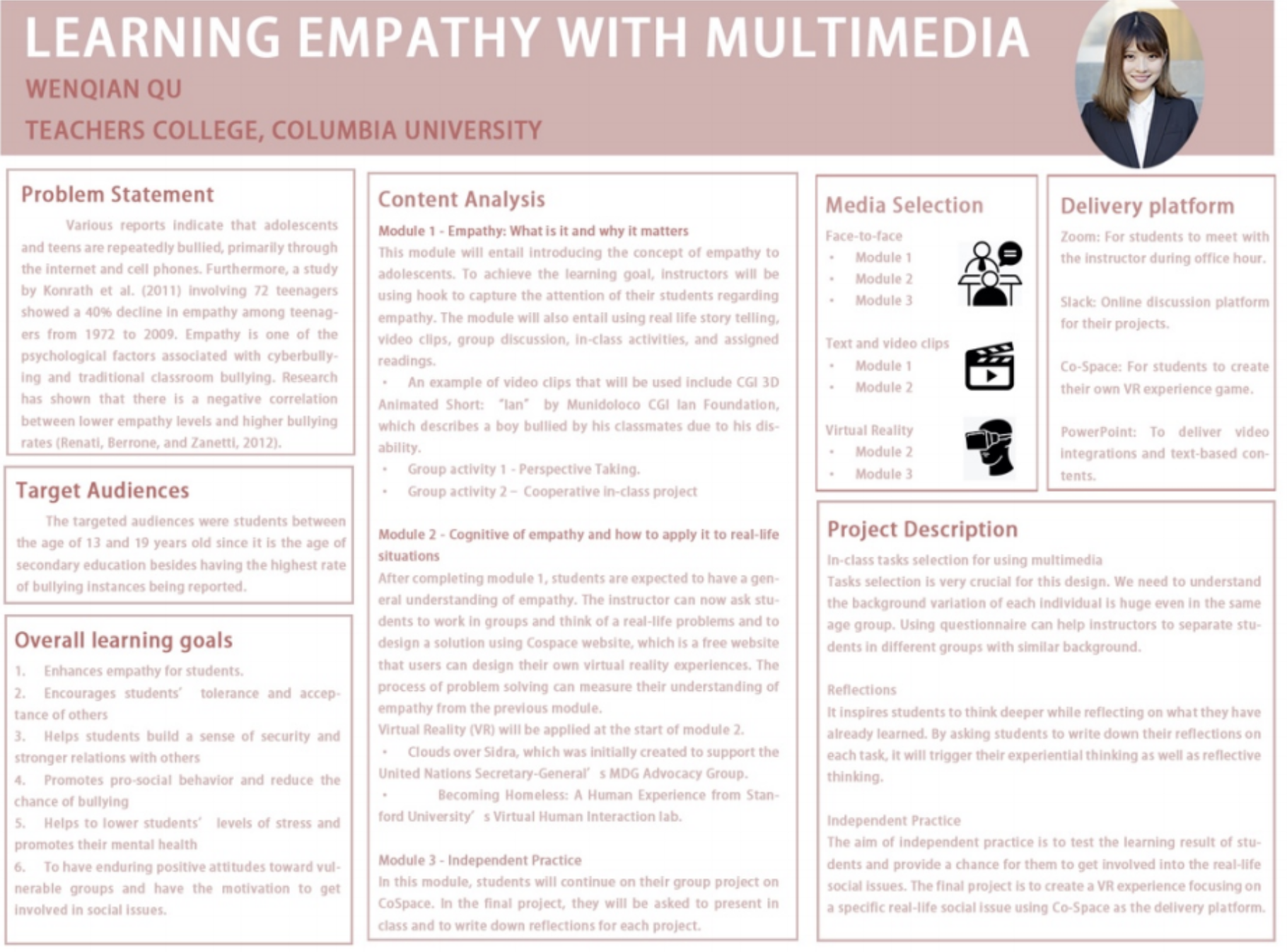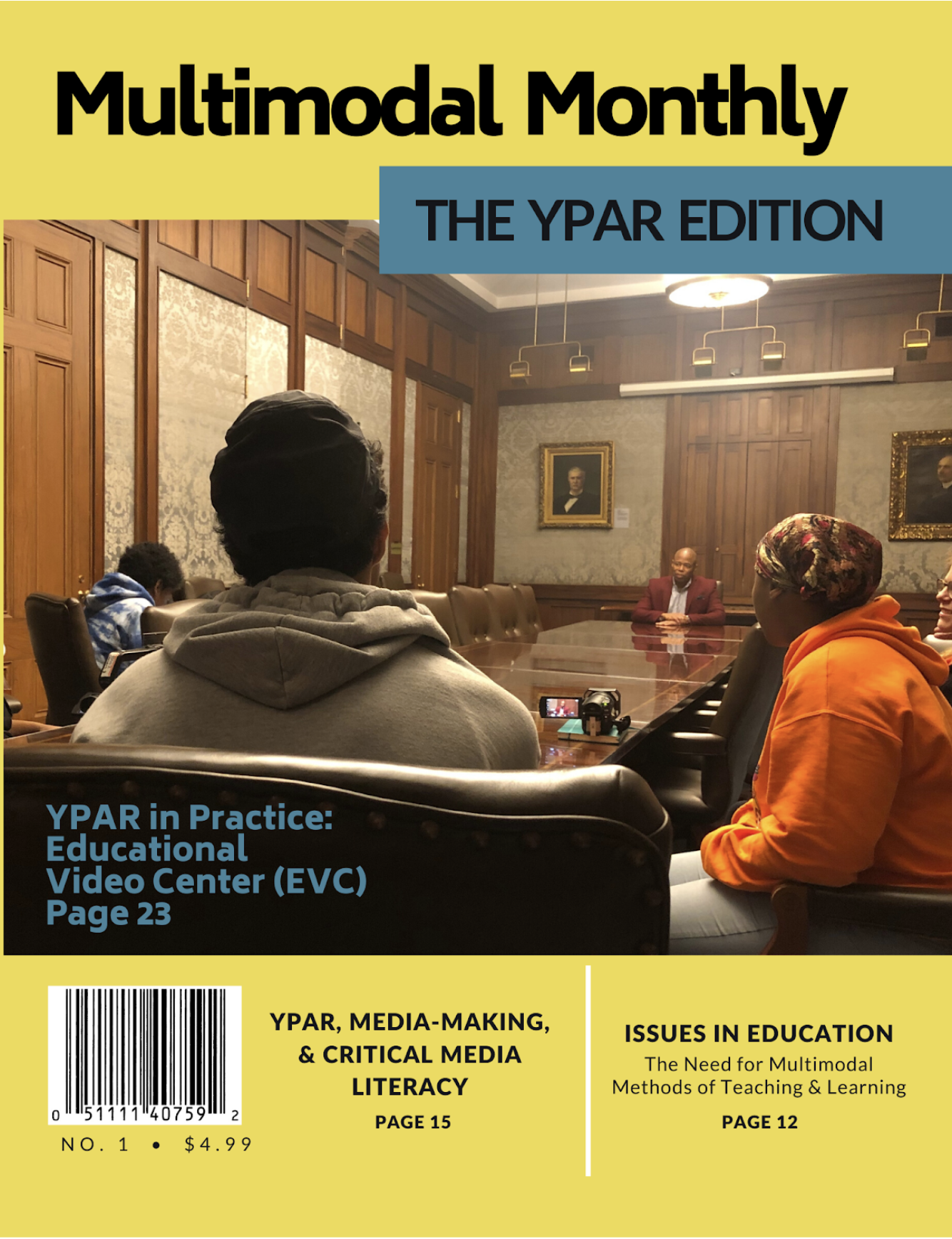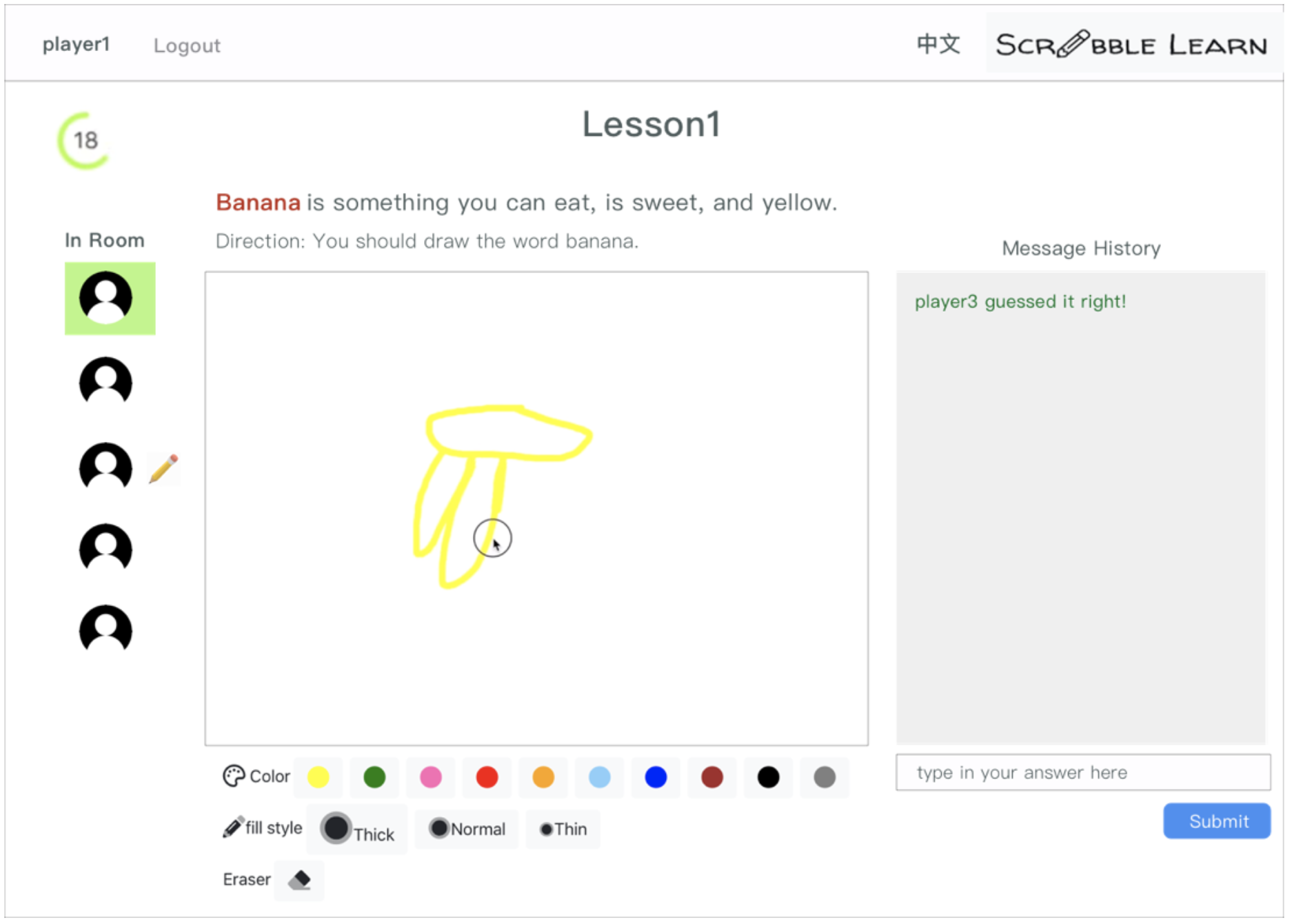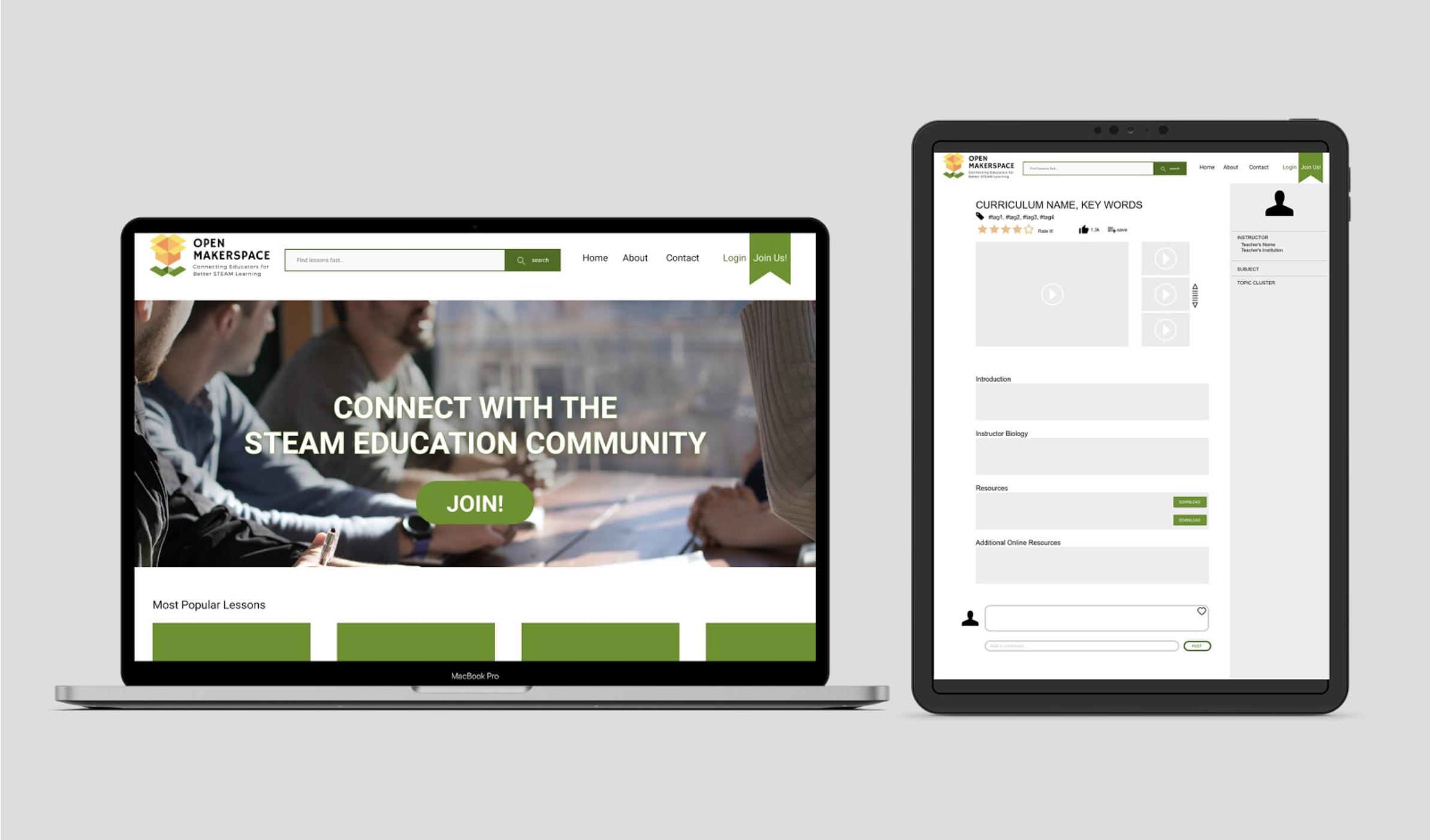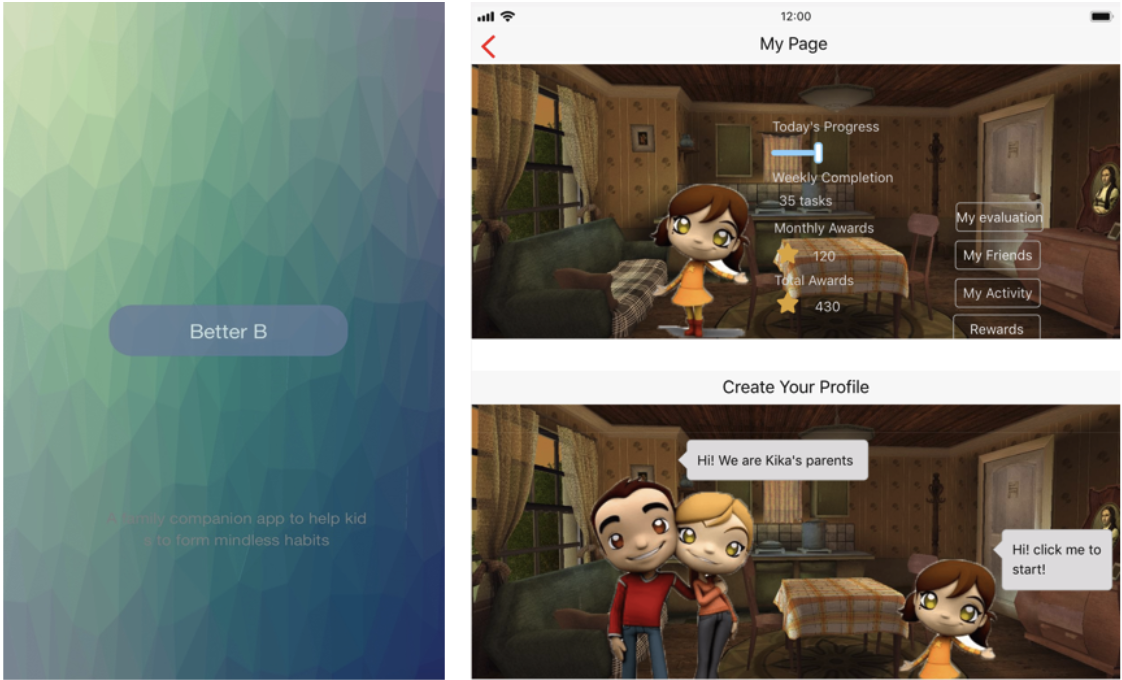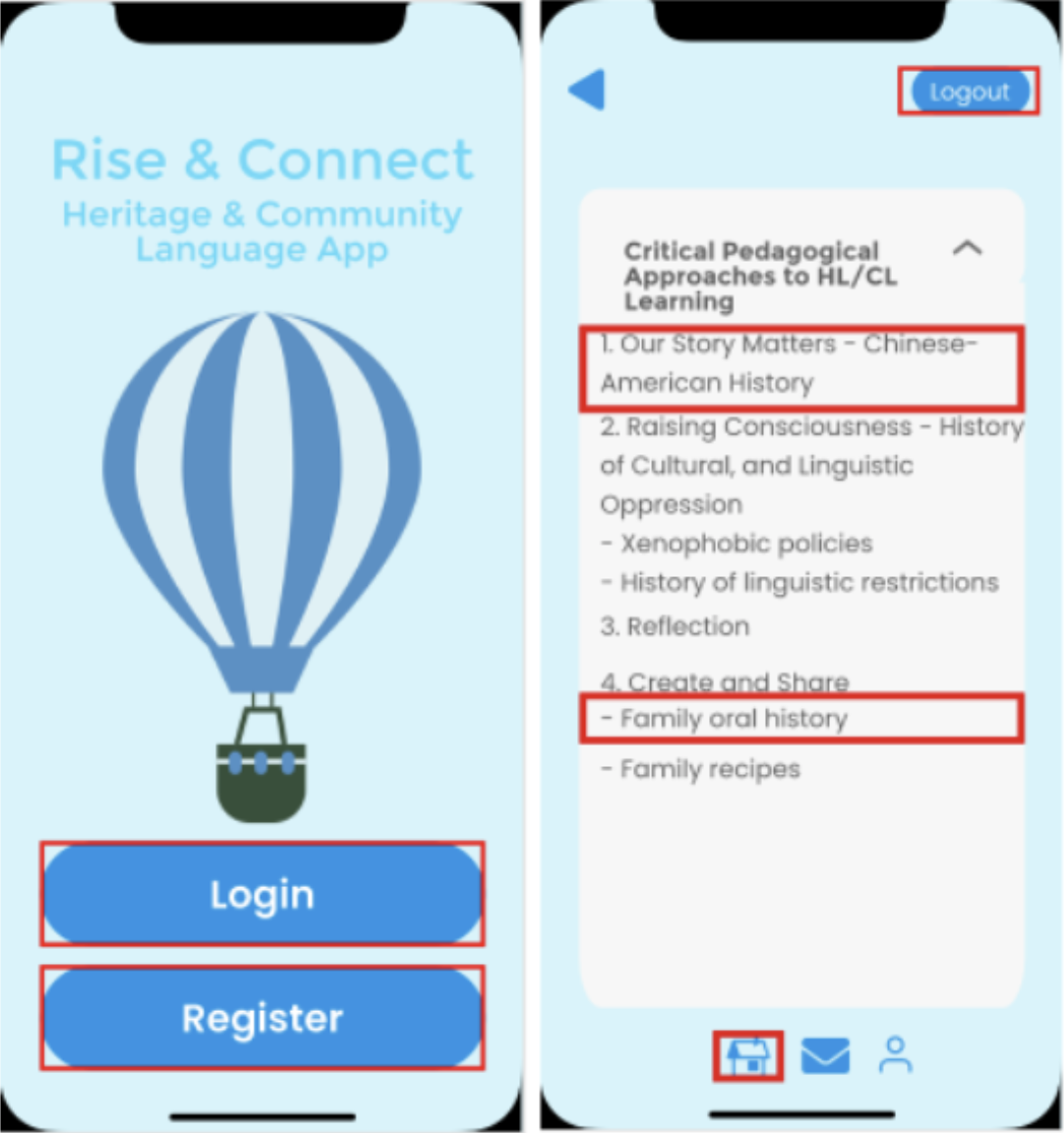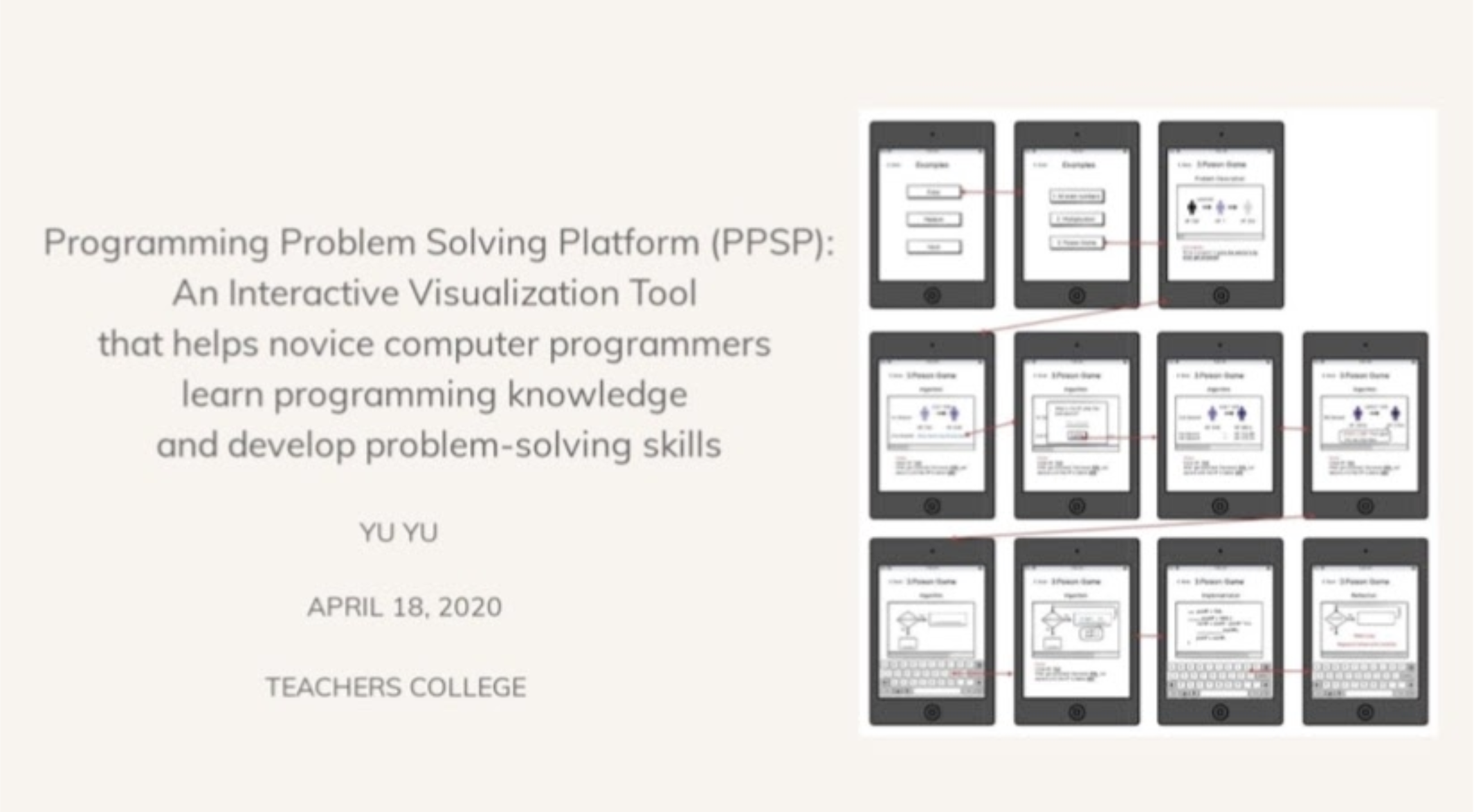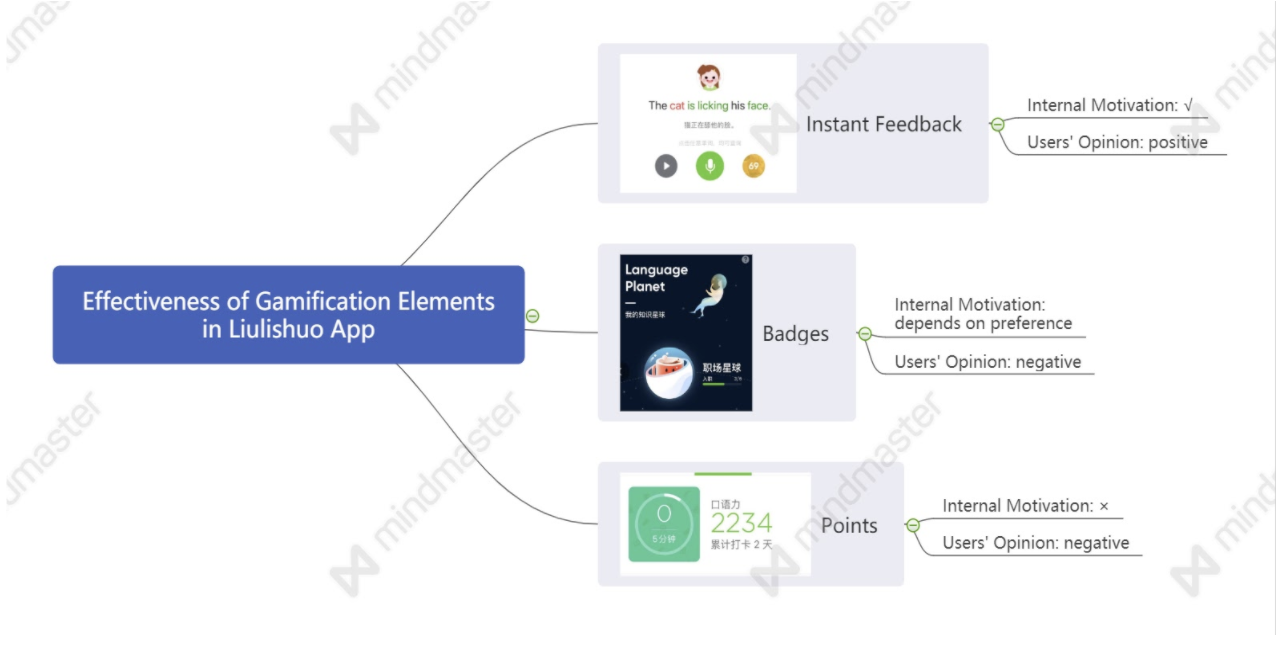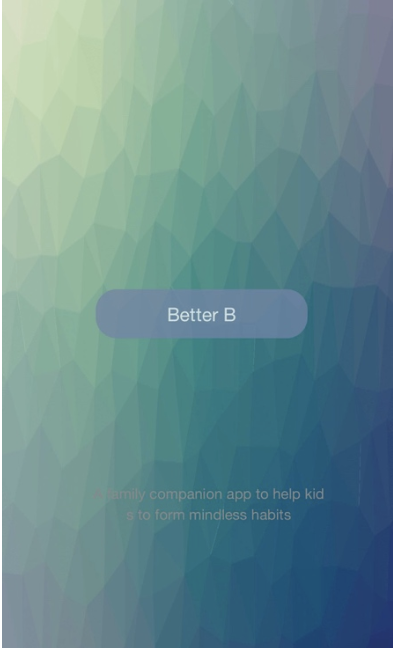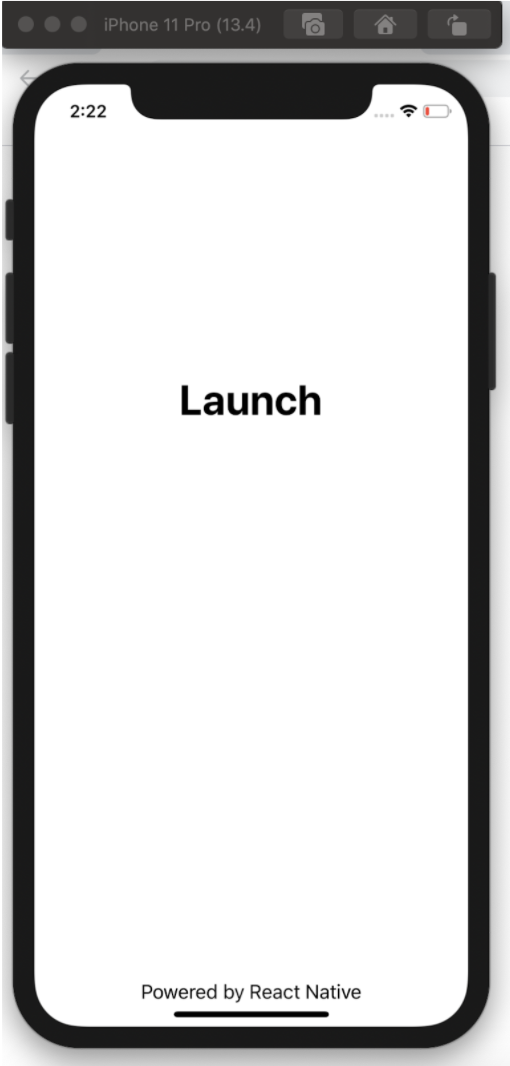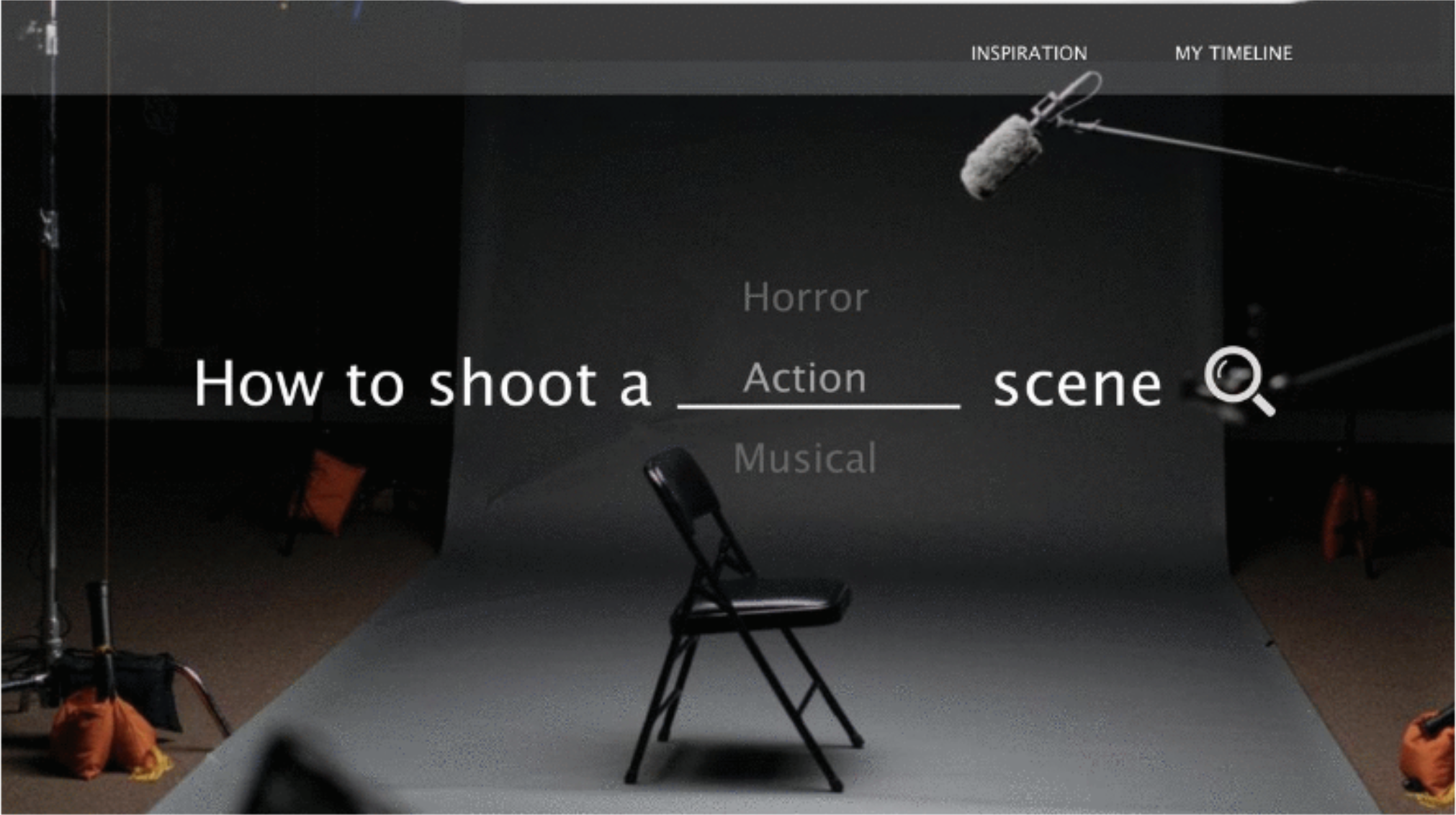2020 Masters Project Showcase
Welcome to CMLTD Masters Project Showcase 2020.
This is a platform to celebrate and share the integrative projects completed by graduating CMLTD students. The projects manifest diverse inquiries that the students explored through design, research, and thesis projects.
Please visit each page that lists student projects organized by the degree program:
Communication and Education (TECM)
This project introduces the design of a mobile application that utilizes virtual reality (VR) technology to facilitate empathy education. It first introduces the concepts of virtual reality and empathy. It then profiles the cases where virtual reality was used to stimulate empathy for a specific purpose, especially in the education genre. After analyzing the cases, it analyzes the mechanism behind the process and provides implications for a design solution. After that, I review the competing projects and summarize the strengths and weaknesses of each project. It then presents a design solution by explaining the learning goals, target users, user persona and wireframes of the application. I also use the Thinking-Aloud Test method to collect feedback from users. Implications of the possible use of the technology in empathy education are provided at the end.
Why is geography important? Are there any problems and challenges in geography class? How can a game help K-6 students learn geography? What is the reason for using these kinds of games in education? Learning geography can help students realize the world, broaden their horizons, learn cultural knowledge, and cultivate logical and math abilities. However, there are some problems in geography teaching -- a well-designed game can play a role in addressing these problems. In this paper, I will construct a new geography game-based curriculum for K-6 students and design a world heritage game Find Heritage. I will argue how a world heritage game can help K-6 students learn geography and why a game-based approach is well suited for pedagogy.
Keywords: geography learning, games, world heritage, culture
The Alumni Association at Teachers College, Columbia University is introducing a new model for alumni volunteer engagement, complete with new roles and opportunities for alumni to get involved. Therefore, a new Orientation and onboarding process is needed to provide the necessary knowledge and skills to new members. Furthermore, this is an opportunity to enhance past processes creating an interactive and engaging experience by which alumni volunteers can build their skills and knowledge within the framework of an online LMS, which will make alumni engagement more seamless regardless of an alum’s location or work schedule. Based on the research findings herein, a Canvas course based on Constructivist and Connectivism theories with eight modules has been designed. The notions of motivation and community have also largely informed this framework.
Depression disorder is one of the mental health burdens worldwide, affecting more than 264 million people. Symptoms include hopelessness, lack of interests and energy, concentration problems, self-loathing, unexplained aches, sleep and weight changes, and self-harm. Previous studies showed that international students are at high risk of depression due to pressure including acculturation, study, financial budget, expectations, and social relationships. Their depressive emotions may become dysthymia in two years if not intervened properly, which will influence students’ academic performance and social functioning.
To treat these two disorders, cognitive behavioral therapy (CBT) is the most commonly-used one, aiming to change patients’ behaviors from the cognitive perspective. Therefore, in order to help depressed people with high anxiety, I created an instructional design project, designing an 8-session course for Chinese college students studying overseas via WeChat (ICBT). The lecturer and facilitators prepare a series of online, offline, individual and group activities to give them instructions on managing stress and reducing pressure.
Keywords: cognitive behavioral therapy, ICBT, depression, dysthymia, anxiety, pressure, college students overseas, instructional design
Social media has become part of people's lives, and is playing an indispensable role in higher education. Schools and educators are combining social media with education to improve students’ learning. However, there is a huge difference in social media use for education among countries. In this paper, I will discuss the differences between social media use for learning in higher education in China and the United States and students’ satisfaction towards social media for learning. I will use Activity Theory as a framework to argue different perceptions of social media for learning in these two countries, and the role and impact of social media in higher education.
Keywords: social media, perception, Activity Theory
Design and Development of Digital Games
This thesis proposes Study-Bite, an interactive, playful canvas tool that supports AP World History students in building historical argumentation skills. The AP World History exam primarily tests a student’s ability to demonstrate historical argumentation. However, students are struggling to develop this higher-order skill of analysis properly. The primary reasons that students fail to meet course expectations are deficient literacy skills, shortcomings in acquiring historical knowledge, and challenges of critical thinking. This design examines how an interactive playful canvas tool can support students in amassing their historical knowledge while scaffolding the development of their argumentation skills.
Keywords: Argumentation, AP World History, Cognitive Load, Schemas, Geographic Information System (GIS), Digital Timelines, Critical Thinking, Information Seeking
Figma Prototype Link: Study-bite
Link to Abstract Link to Demo Video
Instructional Technology and Media (ITM)
As technological advances, the traditional barriers of space and time have been broken. People around the world became more interconnected in every perspective. As a result, effective communication via English has been identified as one of the important skills in the 21st century. In spite of the fact that vocabulary is the key to mastering English, a great number of students age from 5 to 15 are still struggling with learning new words due to lacking instruction, insufficient exposure, and ineffective drilling. Many learners suffer from low retention rate and bad learning habits. Benefiting from ubiquitous and affordable mobile devices, researchers have implemented augmented reality(AR) and gamification into the educational field. Combining with suitable pedagogies AR and gamification can have positive effects on increasing motivation and learning outcomes. MonsterWord, designed as a self-directed learning environment, has integrated multimedia learning theory, vocabulary learning theory, gamification, and augmented reality technology in order to provide an engaging, enjoyable, and helpful solution for learning vocabulary.
CuddleCode is a customizable and programmable stuffed animal for girls ages 6-10. It aims to increase female engagement in STEM by allowing for a more feminine and emotionally-connected approach to technology. CuddleCode consists of a main body along with various interchangeable body parts embedded with sensors and outputs which can be affixed to the stuffed animal’s exterior and programmed using the block-based programming environment MakeCode. Through designing and assembling their own stuffed animal, girls build an emotional relationship with the stuffed animal and its various parts. This emotional relationship provides a foundation upon which they begin to understand and develop an interest in working with technology. In providing an emotional connection between the physical and the digital, CuddleCode enables the transition of reasoning from physical to formal environments.
Visit: cuddlecode.com
Teachers in East Asian countries have been struggling to implement the Communicative Language Teaching (CLT) approach in public school English classrooms due to the lack of training and proficiency, as well as suitable supporting materials to support their instruction. The purpose of this design project is to equip elementary school teachers with the skills to improve learners’ communicative competence through creating opportunities to use the target language. In this design project, a training course of the CLT approach and resources that align with school curriculum are delivered and provided through a website. The learning activities in this course are built upon observation, analysis, peer evaluation, and hands-on design experiences. Through the training course, teachers gain a better understanding of the CLT approach, as well as how it is implemented in practice. This design project addresses the context of the learning problem, theories that support the design decisions, as well as an implementation plan and evaluation plan which supports the future development of the project.
Keywords: Communicative Language Teaching, professional development training, English education in East Asia, peer evaluation, community of practice
This instructional design project is a blended informal learning career development program that helps graduate students develop their professional self presentation, thereby it will improve their employability readiness to get closer to their dream jobs. The program encapsulates online learning webinar and in person workshop. The registered students will have the flexibility to access both sessions. With an informal learning approach, the program offers hands-on opportunities for students to direct their own learning and improve self-presentation in the context of specific job application phases, including resume, cover letter, and job interview. Students will participate in analyzing personal strengths, employers’ demands, and crafting job application materials that speak to employers’ needs. The project website contains interactive simulations, webinars, discussion forum, self-assessment rubric, and assignment and feedback for graduate students to learn how to improve their self-presentation skills through interacting with instructors and peers.
Though Maker Education is theoretically rooted in constructionism, many maker educators are still using didactic strategy in
implementation. Among all the possible reasons leading to the reform failure, this project focuses on teachers’ self-efficacy to tackle the problem.
By considering the interrelationship of teachers’ self-efficacy, knowledge and skills, and how these elements will interact with implementation and environment, this project designs an online constructivist sociocultural professional development to improve maker educators’ teaching practice in adopting constructionist strategy.
Keywords: Maker Education, teachers’ self-efficacy, constructionist strategy, constructivist sociocultural professional development
The Opportunity Network is a nonprofit organization with the core goal of reimagining networks as sources of power to catalyze opportunity and access for students from historicallyunderrepresented communities, so they can drive their visions of college and career success forward. The Fellows Program is a six-year experience targeted at students from the summer after 10th grade through college graduation. It is anchored in the Career Fluency® curriculum, which articulates the necessary skills and mindsets for college and career readiness. OppNet’s 2020 Spring Programming for first-year Fellows includes an online course on Goal Setting in the curriculum map, and this course needs to be developed. OppNet views Goal Setting as a core competency in both academic and professional settings. However, students do not see the importance of this topic and thus lack motivation to learn it. Goal-setting is a vague topic, and existing learning materials are fragmented, calling for a program with clear instructional guidance and organization. Moreover, all the existing learning materials are text-based, which will lead to high cognitive load, negatively affecting learning outcomes. The online course on goal setting for OppNet college Fellows, guided by the institutional pedagogies Teaching for Social Justice, Culturally Responsive Teaching, and Youth Participatory Action Research, has been developed to teach first-year college students goal-setting mindsets, skills, and tools to help them succeed academically and professionally.
According to data from the Centers for Disease and Prevention, about 1 in 59 kids have been diagnosed with ASD in the states. This condition has been reported to occur in all ethnic, racial and socioeconomic. Having problems in emotion regulation has been a defining feature for autistic individuals. Discrete Trial Training(DTT), as an important component of Applied Behavior Analysis, has been proven to be one of the most effective intervention methods to reduce emotion dysregulation. In the internet of things era, the wearable technology combined with computer-assisted intervention provides new solutions to intervention for autistic groups. InteracTime, a system runs on Hololens and Android app, is designed based on discrete trial training theory, serving as an at-home assistive tool for autistic groups emotional regulation therapy.
This project seeks to employ interactive storytelling as a strategy to support elementary school-age children (Age 6-11) develop SEL skills to help them manage their well-being and academic learning in school and outside of school. The project is a response to address the lack of SEL implemented in classrooms. Many factors contributed to students not receiving SEL instructions and the two major challenges are stringent schedule and lack of teacher-training. Thus, this project was inspired to be served as a supplementary resource for students to utilize on their own with minimal support from an adult. It consists of two main components - interactive storytelling and story creation. Through interactive storytelling, students will engage in content that is aligned with CASEL's SEL five competencies. Students will also become an active producer in this project as they create stories that are connected with SEL competencies and relevant SEL skills.
vocabulary acquisition is gaining more attention in educational sectors as more evidence shows vocabulary mastery level can affect language learning outcome from a long-term perspective. Thus, vocabulary can be considered the fundamental building blocks for the basic four skills when evaluating a person’s language ability. Low-achieving students often give up on learning in the middle of the process due to frustrations. The nature of learning another language other than mother tongue puts English language learners in a position that could potentially develop “a feeling of stress, nervousness or anxiety while learning to speak English Language” (Hashemi, 2011, p.1811). It causes inefficiency and demotivation which hinders school performances. It has significant impact especially to second language English learners as to the native speaker whereas native speakers have a greater chance to continue expanding his/her vocabulary repertoire in adulthood (Richards, 1976). English language learning anxiety can potentially become a worldwide phenomena, especially in the countries where English language proficiency is linked to academic performance standards. Nonetheless, as the general public adopts more technologies, students from lower socioeconomic backgrounds can access educational resources faster and at a lower cost. Therefore, the main purpose for this project is to create a budget-friendly tool that can help low-achieving students to cope with their language learning frustration and develop a good learning habit throughout the process.
This paper is a proposal for a digital platform for female solo travelers called 1TravelHER. It will serve as a space for video creation, communication, and inspiration for female travelers. Users will have the ability to share their stories (e.g., challenges, benefits, change) primarily through a variety of video templates. Through the use of this application, learners can gain a broader understanding of solo traveling obstacles and rewards, and learn from the experiences of others. Consequently, 1TravelHER will aim to promote female travelers to engage in more solo traveling through encouraging each other and working to shift from a fixed mindset to a growth mindset toward solo female traveling (Dweck, 2006). This change in mindset is significant since women will feel empowered to immerse themselves and engage with new cultures. Furthermore this change helps them learn from these experiences and enriches them as a person across multiple spheres of life.
Keywords: digital storytelling, women, solo traveling, growth mindset
Thesis will outline how a VR design team can pinpoint learner frustrations and lack of acceptance of the technology through the implementation of appropriate user documentation after proper needs assessment. The thesis hypothesizes that, when designed appropriately, user documentation can enhance training outcomes by influencing a user’s perceived ease of use and perceived usefulness, resulting in positive attitudes of technology adoption. The Technology Acceptance Model (TAM) and the Extended Technology Acceptance Model (TAM2) will be examined and applied to understand what influences technology acceptance among users. Self-determination theory and andragogy theory are outlined to determine what factors impact employee motivation in their work and learning environments, which can also affect technology adoption and learning outcomes among participants. Ideas will be presented on a recommended approach to assessing and addressing learners needs with user documentation in VR training design.
There are many challenges when it comes to creating a successful MOOC with the core challenge being creating content that will engage and retain our learners. While there are many contributing factors to learner retention rate such as the ones detailed by Hone & Said (2016), experiences with the instructor, experience with other learners and the course, and experience with the design and implementation of the course, this design project will specifically focus on design experience and specifically on the process of creating engaging video content for learners. Engagement will be defined in this case by students actively watching the videos and how long they are watching the videos. Columbia Video Network is an online graduate engineering school that offers full time programs, certificate programs, and MOOCs or massive open online course on a variety of fields in engineering. Among the many MOOCs in the CVN catalogue, the Artificial Intelligence MOOC is chosen for this project as a result of a small number of negative student reviews from our 2018 survey and from comments on www.coursetalk.com. While the majority of the reviews are positive, there are a couple reviews and comments that point specifically at the design of our video content. This project will e-examine, re-design 7 video lectures of the Artificial Intelligence MOOC and propose future redesign processes in creating MOOCs through the lens of existing guides and best practices in creating engaging video-based learning content with the intent of improving learner retention rate.
Bee-a-Reader is a hands-on mobile learning application designed to support early childhood literacy development. The app integrates printed storybook reading experiences with interactive digital content that help enhance children’s word knowledge and literacy comprehension. In order to design a user-centered learning app, the process began addressing a problem commonly encountered by our potential users and their educators and caregivers. The problem attempted to be addressed through Bee-a-Reader is as follows:
With ongoing controversy over the effects of E-book (electronic book) reading, many parents prefer that their children read printed books over E-books. Most paper books, however, do not offer high-quality interactive features that E-books include, and thus require more time and effort on the caregivers’ part to promote children’s language and literacy skills. Working parents are seeking for a solution that helps their children to independently develop literacy skills while engaging in paper book reading. In the following sections of this design, the document includes the personas and user-stories of Bee-a-Reader’s potential users, prototype, test reports, and a design rationale.
The management of education has been greatly promoted by the development of internet-based technology, especially the generation of Learning Management System (LMS), which has been targeted to help teachers and students organize learning materials and learning activities. Higher education institutions have a particular preference in adopting LMS to deliver online courses. However, the adoption of technology doesn’t necessarily bring students and teachers enjoyable experience in teaching and learning. Students in higher education institutions are not satisfied with their online learning experience in their LMSs. At the same time, teachers are also struggling with design user-friendly experience in learning their online courses. To solve this problem, this study takes online learning in Canvas, which is the LMS adopted by Teachers College, as an example to explore how to improve the user experience while learning asynchronous online courses in Canvas. As a result, this study will provide a framework of guidelines and a redesigned online course template on Canvas to assist course designers or instructors to adapt their current course design and improve students’ online learning experience at TC.
Keywords: Learning management system (LMS), E-learning, User experience design, User-centered design, Instructional design
Nowadays, people could more or less suffer stress, anxiety and other negative feelings out of work, relationship, finance reasons in a fast-speeding and high-demanding society. And if people don’t treat them properly, sustained negative feelings without relief can lead to wear and tear on people’s mind and body. Thus it’s vital to have a way to cope with and manage these negative feelings for well-being. Mindfulness meditation based interventions in managing negative feelings have been implemented in clinical and professional programs for decades, but there is a great need for a low-cost and accessible approach for individuals. AWAY is a crafted application that provides a new and intuitive experience for people to relax and reduce stress and other negative feelings through mindfulness meditation. It integrates the philosophy of mindfulness meditation, digital interactions and fascinating visual metaphors to immerse people into a calm and relaxing state of mind. And reduce cognitive efforts and difficulties of traditional mindfulness meditation by these digital interventions.
This project evaluates the effectiveness of an online calculation practice program for elementary students, ThinkCulator, on three aspects: analysis of instructional design using theoretical framework, analysis of the attitudes from students and parents, and the analysis of process and performance data. ThinkCulator provides different modes of interaction and practices as well as emotional support. The result indicates that among three modes designed in this program, the column mode was associated with the best learning outcome, followed by the print mode. The audio mode, however, was correlated with negative learning outcomes though its novelty was acknowledged by some parents. Thus future development of this program will focus on recommending the column mode to students who need visual support, reducing unnecessary cognitive loads in the audio mode, and providing more emotional support in cognitive level.
Keywords: online learning, working memory, math anxiety.
The purpose of this paper is to address the needs of advanced mandarin learners after analyzing the problems in the traditional mandarin class. Conducting and comparing the advantages and disadvantages of existing market-available advanced mandarin learning Apps to see whether they effectively promote learners speaking skills. The methods are based on a literature review of available resources on the subject matter and 4 market available mandarin learning Apps for advanced learners are being compared. The results reveal that the needs of advanced mandarin learners mainly focus on four aspects, namely, interesting and up-to-date learning content, adequate oral output with communication with the teacher and peers, sufficient and timely teacher’s feedback and personalized learning experience. Besides, existing mandarin learning Apps do help advanced Chinese learners improve their speaking skills to some extent, but each App also exposes its own shortcomings and cannot meet all the needs of learners. Thus, a brandnew Mandarin learning App aiming for advanced learners called “SAY IT” will be designed. “SAY IT” is an adaptive mobile learning app that relies on artificial intelligence to develop personalized learning experience according to learners' backgrounds, needs and ability levels. It provides not only entertaining, up-to-date and authentic learning content derived from recent Chinese film clips, public advertising/speeches but also online teachers and groups for communication. All functions of the App were designed under the input-interaction-output hypothesis and the theory of informal learning. A complete implementation and evaluation plan were developed to ensure the learning quality and smooth development of the App in the end.
Block-based Programming languages like Scratch has shown significant effectiveness in introducing young students to programming. However, new problems have emerged. When young learners continue to learn traditional programming languages such as Python and Java after they have mastered some basic computing concepts in graphical programming environments, many of them experience great difficulty during the transition from block to text. In this paper, I discussed the pros and cons of visual programming languages, and analyzed the problems that causes struggles in shifting to textual programming languages. Then, after reviewing and critiquing four solutions provided by previous studies, I designed a worksheet under the guidance of the revised Bloom's taxonomy. In this worksheet, students can program in p5.js (a library in JavaScript) to create interactive graphics that relate to their personal interest and background.
The project proposes a mobile-based training solution for sales associates in luxury retail. It addresses their need to learn and apply contextualized information around the products in a timely manner, and to integrate them into an engaging narrative customized for each customer is a big challenge. There are two main features provided by the app. One is a just-in-time product checklist - providing not only facts around products but also relevant information that can contextualize the product in relation to the brand history and other related products.
Another feature supports development of storytelling skills where a case-based approach is taken to understand the customer needs and interest, gather relevant information, and produce engaging narrative around the product. There are three levels of guided practice for storytelling, and they can be applied at different levels of proficiency.
Research shows that the percentage of underrepresented minorities (URM) in STEM is far lower behind the average but expanding the participation of diverse individuals in STEM could cultivate a large pool of untapped talents and enhance innovation. Nevertheless, URM students take up low percentage in programming owing to various reasons, such as lack of role models that look like them, lack of academic support or lack of programming self-efficacy. Therefore, this learning experience aims to engage more URM students in learning programming by improving their programming self-efficacy through a learning website. Three features of this website scaffolds students’ learning: an online community where students could search for needed programming resources; online mentorship through which students gain support from URM professionals; project-based learning through which students are able to practice their programming skills under the guidance of instructional videos. After this learning experience, hopefully URM students are more likely to believe in their programming capacity and positively participate in programming activities.
Spoken English is an important part in English learning, but current learning approaches have crucial drawbacks. Learning materials for spoken English are very limited, in most cases, learners use the same material for speaking and reading, written language is performed orally. This results in unnatural speaking habits and low engagement of learners. The goal of this project is designing a mobile application that provides an entertaining learning experience for users to learn spoken English. Video dubbing is the feature function in this application. Users are able to dub to videos they like on their own or with partners. During this process, partners could give feedback to each other and recast, the system also provides comments and feedback. This mobile application could be used in informal settings for individual users in their fragmented times, as well as formal class to engage students in spoken English practice.
With the development of technologies, chatbots have been applied to various learning contexts. However, there is currently a lack of applications of chatbot to promote metacognitive development, which is very important for student achievement in the long term. This paper focuses on the development of self-reflection ability. It reviews the applications of chatbots for metacognitive development and frameworks of reflections, and brings forward the design of a coach bot on a social media platform to promote self-reflection capacities. The larger contributions include an overall framework for bot to promote self-reflection and the process and evaluation of such a bot.
This project presents a design guidelines principles for instructional videos for online instructor-led lectures and training. This project is informed by cognitive learning theory, review of empirical research on instructional videos, and instructional design to effectively address different types of learning goals within an e-learning environment.
This project examines the use of games in civic classrooms by supplementing civics curriculum with a game - Dakota - to simulate the election process with community campaign issues. Traditional civic education struggles to engage students in participatory citizenship. Advances in teaching to encourage active citizenship should be and are being explored through various avenues, including incorporating games into classroom activities and curricula. These advances are examined to determine how innovations like games could be used in social studies classrooms to impart on students the importance of voting and participating in community politics. The main design pieces of Dakota: each player chooses Issues to act as their campaign platform and attempts to win districts by matching their campaign platform with the districts’ campaign issues. Secret Goal cards are used to give players extra chances to earn points and Chance cards increase the risk factor for players. Players can win in two ways: accumulating the most points, or by having the most campaign issues in common with the election winner, thereby influencing the “party platform”, mimicking a political phenomenon seen in recent US elections.
Mobile learning has gained increasing interest from companies. However, how to design effective mobile learning experiences for professional development remains a challenge for corporations. Existing design heuristics for mobile learning are problematic because: (1) they fail to address the pedagogical aspect in the design of mobile learning; (2) adaptation from web-based design misses the new possibilities mobile learning affords; and (3) they offer no specific consideration about the workplace context in which learning is intertwined with working. This paper first examines the learning goals and characteristics of corporate professional development, and applicable learning theories were discussed. Then an analysis is conducted to clarify how the affordances of mobile technology can support the realization of those learning theories and its application. Finally, design guidelines are proposed for developing mobile corporate training as informed by three factors—mobile usability, pedagogy, and context of corporate training.
Supported by the government’s commitment to advancing technology and innovation, the maker movement in China has evolved into schools with a growing interest among educators to bring making into K-12 education. However, the current practices in school makerspaces fail to facilitate authentic learning experiences due to significant challenges in impeding technology adoption. The purpose of this project is to examine the major challenges of maker education in China: (1) inadequate understanding of the maker education, (2) lack of clearly-defined learning goals and effective assessment tools, and (3) the need for professional development. The relevant literature is discussed, regarding how the existing solutions may fit the situation in China. A design solution was proposed to address these challenges through the implementation of a makerspace-based social entrepreneurship program at K-12 international schools in China to integrate entrepreneurial mindset, design thinking, and constructionist teaching and learning. Social entrepreneurship education helps students develop a sustainable approach to address an unmet social, economic, or environmental need in their own community. The pedagogical framework may engage and connect students to actively participate in shaping their future and demonstrating a scalable impact. Thus, a social entrepreneurship education program could provide a more pragmatic purpose for school makerspaces, inspire confidence in young learners, and help students acquire entrepreneurial skills that are immediately applicable in the real world. This project also investigates the roles of different participants from school leadership, the teaching community and student groups to provide suggestions for feasible program implementation and evaluation.
The i-SAFE foundation found that more than 25% of adolescents and teenagers have experienced some form of bullying. Low cognitive empathy was significantly related to bullying for both genders. This designed project focused on developing a learning system with the use of multimedia for instructors to teach cognitive empathy in secondary education with the age group from 13 to 19 years old. From this designed course, students are able to understand empathy in general and know how to apply it to solve real life issues. The focus on using multimedia (text, video and virtual reality) in learning was based on their usefulness as cognitive tools in creating immersive learning environment to deliver the learning goals.
Thomas Sendgraff is graduating with a Master of Arts in Instructional Technology and Media. His integrative project (IP) is entitled Online Instructional Video: Designing Instruction for 21st-Century Experts. His IP is a thesis integrating a literature review to propose instructional design considerations to support motivation through instructional videos, specifically focusing on anchored-based learning.
There is a long history of instructional video and different initiatives pursued over time, but there is still a lack of understanding of how to best support learning motivation and engagement through instructional videos. Instructional video design principles commonly draw on Richard Mayer’s Cognitive Theory of Multimedia Learning (CTML) to reduce learner’s cognitive load. However, minimal research exists on how video designed with CTML supports motivation in the online higher education context. Anchored-based learning provides insight into how instructional video can support motivation and social constructivism learning activities. Anchored-based learning at its core is a cognitive apprenticeship that is supported by video representing authentic context to anchor discussions and reflections promoting student’s creation of new meaning; facilitators use adult learner’s rich schemas to guide the process of novice to expert problem-solving and finding. Anchored-based learning utilizes video’s multimodal affordances to promote higher-level thinking and support domain-knowledge pattern recognition learning goals.
As I developed this magazine, the idea was to create something I considered both informative and tangible. In allowing for the use of multiple artistic forms, a magazine capitalizes on the meaning that can be made from photographs and graphic design, in addition to what can be communicated via the written language. This project also includes links to outside videos, podcasts, music, and web pages, even further expanding the ways in which I am able to communicate my ideas. My goal is to produce an artifact that is both a resource for and an example of multimodal methods. The goal of this magazine is to serve as a resource for educators to understand multimodal methods of teaching and learning. As a result, I felt it was also important to embody these practices in my own work. Wissman, Staples, Vasudevan, & Nichols (2015) discuss embodied inquiry as referring to “how the realignment of roles and responsibilities, and redistribution of materiality within a space, substantively changes the nature of the inquiry that can occur within research spaces” (p. 189).
This magazine contains articles that are more focused on theory, some focused more on practice, and some which focus on both. The theory articles are directed toward a more academic audience, laying out new ways of thinking about research, and presenting concepts that may spark new projects. Practice articles are more about how these theories can be applied directly in a learning setting; these articles include frameworks, stories, personal anecdotes, and examples of the topics I have theorized, as a means of providing educators with ideas about how they might start to integrate these methods into their own teaching. In addition to the articles, the "ad" pages are highlighting multimodal projects that I have created throughout my studies, as examples of the types of projects students are able to develop when given the tools and freedom.
Vocabulary plays a vital role in learning English. However, researches showed English as Foreign Language (EFL) students tend to have difficulties with vocabulary learning. Traditional vocabulary learning in EFL countries is often based on the definitional approach: students learn vocabulary from bilingual wordlists. However, several researches show learning by rote only leads to short-term memory. Also, rote memorization is considered boring for many EFL learners. The "boringness" could affect one's motivation for vocabulary and negatively influence one's reading comprehension skills and impact the student's future academic study.
In this project, I designed and developed a web-based serious game - Scribble Learn. The aim of the game is not to replace the traditional rote memorization of vocabulary learning or other vocabulary instructions. Rather, it would serve as an assisting tool to increase class engagement and to motivate learners in vocabulary learning by engaging them in an enjoyable and satisfying game that involves deep processing.
This project addresses the problem of lack of efficient support to train and support qualified STEAM teachers. This problem is further analyzed from four aspects: attitude, professional development, inequity, and time management. Based on the analysis, this project is designed to be a professional development community where STEAM teachers can have active, engaging learning experiences through self-paced lessons and collaborative learning environments.
Habits are considered to play a fundamental role in generating behavior and thus ensuring a virtuous formation of good habits can support individuals to stay on a good track in later life (Gardner, 2015). After reading this paper, you will be able to understand what habit and the cognitive process of habit formation is. Based on the understanding of it, we hope reader could notice the importance of beginning to develop habitual behavior in early stage of life. Meanwhile, we have found an effective way, which is using technology, to support parents in the habit formation. By providing research-based instructions and individualized function in our suggested solution, we hope our target users, which are both child and parent, are able to more engaged in practice habitual behavior with the use of mobile application.
My paper seeks to examine how technology and a critical pedagogical approach can be used to support heritage/community language (HL/CL) speakers in the United States. In particular, I explore the experiences of Chinese-American immigrant communities, and the potential protective and positive effects of HL/CL schools, and how technology can be used in a meaningful way to support these schools. An app (Rise and Connect), and course are proposed to meet these needs (the prototype can be viewed here: https://xd.adobe.com/view/912ddda0-1f82-45cd-5a94-7308292196ee-e71c/).
The course topics and activities aim to raise awareness of the sociopolitical dynamics that affect one's relationship with their language and culture. Other activities encourage students to celebrate, record, and share their family oral histories, and family recipes. These activities intend to connect personal experiences to the larger context of history, and connect traditions across a diasporic community. In addition features enable HL/CL educators to share resources.
Critical thinking is one of the most important skills in our contemporary society. It is required not only in the academic settings, but also in the working industry, and in our daily life. Being a critical thinker allows people to make more informed decisions and that could lead to higher quality performance. Higher education has declared critical thinking as one of their main teaching objectives. However, many college students still fail to obtain the skills after completing their university education. Many factors contribute to this result. Two major reasons are 1) students did not receive proper guidance in developing these skills. 2) teachers assert they do not have the confidence, tools, or knowledge to teach those skills. The proposed design CRITICAL READER aims to solve these questions by providing active learning experience through the teaching of modeling approach to help learners develop critical thinking skills in reading literature on mobile devices: 1) learners will obtain general critical thinking skills through a series of lessons delivered through video and guiding questions 2) learners will be trained in using critical skills in reading literature through the process of modeling 3) learners will be able to develop critical thinking skills without the guidance from the expert. 4) learners will not only understand what critical thinking is, but also will have the tools and knowledge to apply those skills into practice.
Programming is believed to be one of the most crucial skills for K-12 students due to multi-level instructional benefits as well as more broad working opportunities that it can bring about. For students in post-secondary education, not only the computer science students, all science, technology, engineering and mathematics (STEM) students are expected to acquire programming skills and apply them in practice. However, most freshmen found introductory programming courses difficult and there are significant drop-out rates and failure rates reported. This project examined the learning problems of novice programming learners and designed a digital instructional tool to make up for students’ conceptual understanding of programming concepts and problem solving skills. In the meantime, this project aims to enhance motivation of learning programming by integrating multimedia and visualization of algorithms.
Liulishuo (in English, Fluency English) is one of the leading oral English learning apps in China. This study depicts the application performance and tests the effectiveness of Liulishuo's gamification design through observation and depth interviews. Three representative game elements in Liulishuo app, instant feedback, badges, and points, are examined. The custom attitude and effectiveness test shows that instant feedback proves its effectiveness in promoting English speakers' oral practice, while badges and points are less effective due to their indeterminacy of gamification design. It is also argued that the future for gamification elements like badges and points remains in finding their new roles in user experience rather than being failed in their technology adoption lifecycle.
Habits are considered to play a fundamental role in generating behavior and thus ensuring a virtuous formation of good habits can support individuals to stay on a good track in later life (Gardner, 2015). This project intends to raise awareness on the importance of adopting effective habit formation in the growth of children and to carry out a viable plan of mobile learning applications to facilitate efficient habit formation. By the consistency with the development trend of the modern society, habit formation can also carry on technological advancements. In this sense, a mobile learning application can provide a very promising direction for the future trend of effective habit formation, especially for child users. Following the method of User Centered Design principle, this research has conducted relevant user study and data analysis to carry out a viable plan of mobile learning application to enhance the efficiency of habit formation.
60 million left-behind children in rural China has long been the center of public attention. Due to the absence of parents, these children are at higher risk of behavioral problems, depression, truancy and adopting unhealthy life habits. Sufficient amount of previous studies have researched and described the problem, but very few intervention programs were documented in previous studies neither were any concrete intervention frameworks provided. This study provides a concrete framework that integrates theories of child development and community empowerment considering Chinese context to policy makers, schools, care givers, companies and NGOs.
The project addresses the problem is the lack of authentic context in the Chinese class and the neglect of teaching pragmatics in the classroom to second language learners. For intermediate and high level second language learners, it is important to pay attention to and learn Chinese pragmatics because it contains not only the hidden meaning from the surface language, but also the background culture behind the language. The project designed an immersive language learning experience for adult learner using CAVE system. The learning process is a real-time conversation through simulated narratives. The goal of the project design is to achieve learner-centered learning experience and provide communicative input to second language learners, in order to drive communicative outcomes for real-world language using.
While collaboration is a valued skill in 21st century workplace and is highly encouraged and integrated into much of higher education classroom, there is little support provided to help students with collaboration, from developing a well-balanced team (based on skills and interest), or the process of collaboration. Graduate students have unproductive group work experience because they have limited time and resources to learn about potential teammates before teaming up and they lack ways to work with people who do not match with them well. The proposed design Launch aims to solve these problems by providing a networking platform for students to share their own skills, interest, and feedback from previous teammates through portfolio in order to form a well-balanced team, and by designing a project management tool integrated with gamification to motivate each member through the collaboration.
Data-driven product design teams, which bring together data scientists and designers, have become a critical cross-functional collaboration for companies to improve their products. However, design and data experts have different backgrounds, which lead to distinctive thought worlds. Such differences could generate challenges in cross-functional knowledge sharing, a process that requires collaborative communication, knowledge internalization, and trust development among team members (Pemartín, et al., 2018; Cumming, 2003). The failure of knowledge sharing could influence the collaboration results of the designers and data scientists (Majchrzak, et al., 2012). Based on this problem, this project provides an instructional design solution: a blended training program that utilizes formal learning and performance support to help design experts and data experts build skills in communicating specialized knowledge, acquiring knowledge from experts of other disciplines, and building trust as a foundation for knowledge sharing.Since product design teams value the application of new skills but have limited time for training (Parker, 2003), this blended learning program ensures practical learning outcomes with a short-time commitment to formal learning. The formal learning component encompasses ten three-minute-long micro-learning videos and a two-hour-long virtual or in-person instructor-led workshop. The micro-learning videos address how to apply different collaborative knowledge sharing strategies, and the workshop guides the team to apply these strategies to solve a meaningful problem and reflect on their learning by giving self and peer feedback. Beyond the formal training, the online learning system also offers extended performance support, including self and peer-evaluation and discussion forum, for design experts and data experts to continue practicing knowledge sharing in real-work situations. The blended training program aims to support data-driven product design teams to foster a collaborative environment for sharing expert knowledge.
Filmmaking starts with creative personal expression and spontaneous inspiration. It also requires technical knowledge and careful logistical planning. It is not just visualizing a story, one must gain control of the cinematic language, techniques, production tools, and problem-solving skills in order to tell a motion picture story.
Current film schools emphasize the intellectual and theoretical framework in cinema history, aesthetics, film theory and criticism, while the film industry increasingly emphasizes the practical and vocational experience. Through observation, I found that there is a need to provide learners with more hands-on filmmaking experience with customized and inspiring instruction.
Thus, this project “Action!” designed a comprehensive platform that supports filmmaking and learning processes. It starts with users’ inquiry and supports their practice interactively with a customized scaffolding system, which can nurture and develop filmmaking skills. The platform includes the archive of searchable film samples with an explanation on the core filmmaking concepts; director’s anatomy of the scene and user comments and inspirations; a customized shot timeline; a community of user-generated content for sharing, learning, discussing, and evaluating. As a result, the design goal of this project is aimed to bridge the practical and intercultural gap in the current film learning process. Action will help the students and novice film professionals in achieving a satisfying film project by customized guidance from the interactive system, provide reference or analysis of the medium of cinema, scaffold users by applying theoretical, intellectual, and critical concepts when making a filmmaking style choices, and step onto the screens with clearly structured sequences. Filmmaking will be more accessible to people as they are learning.
